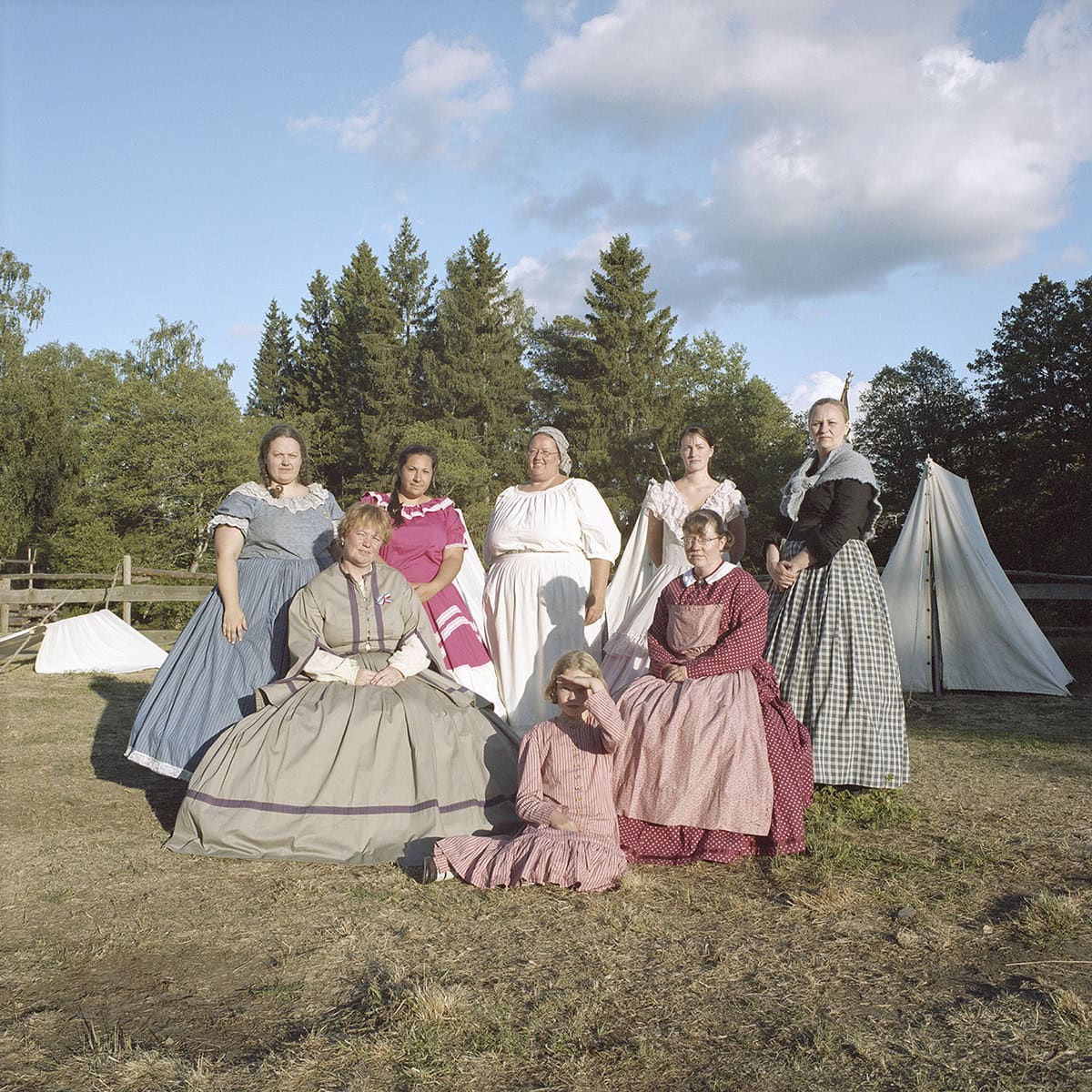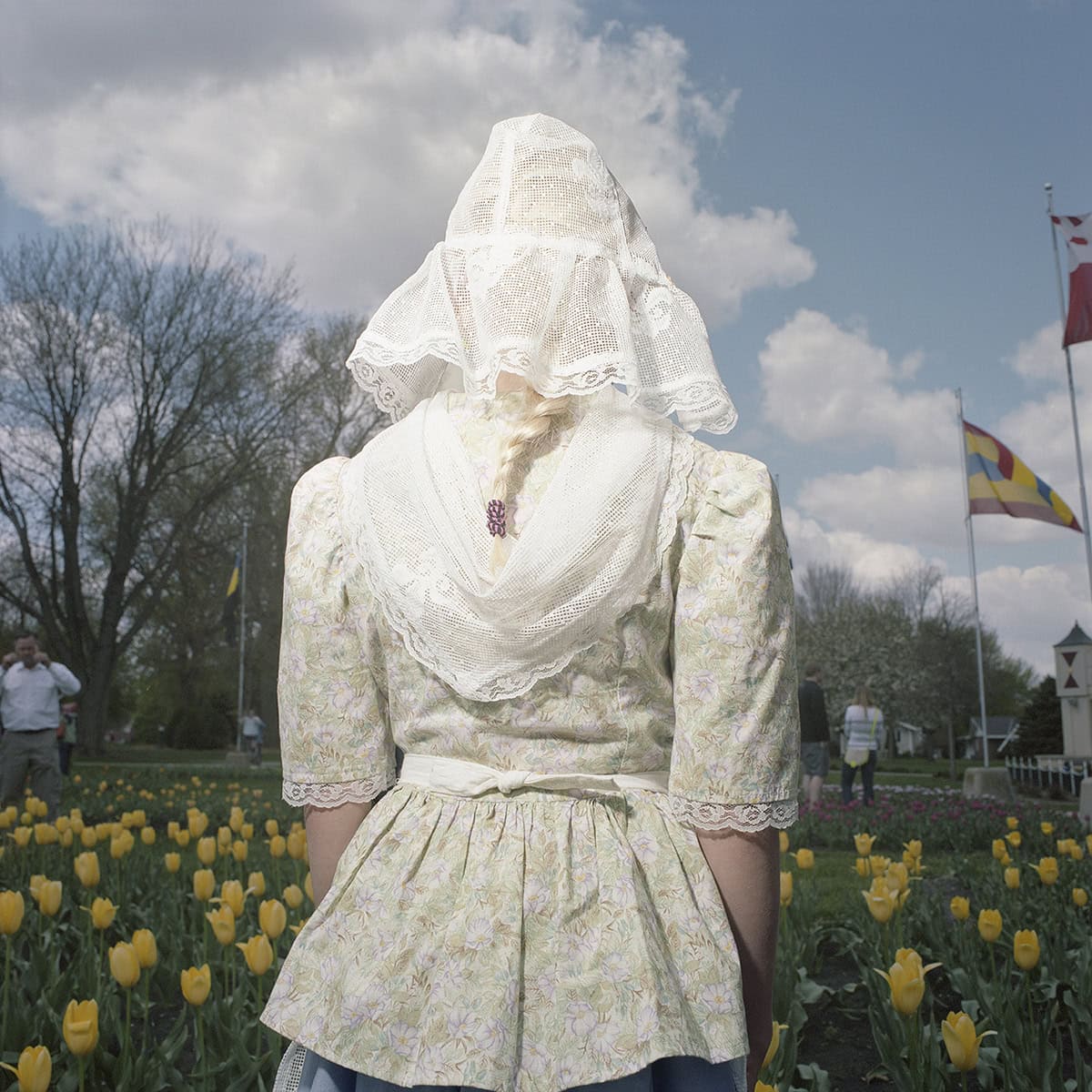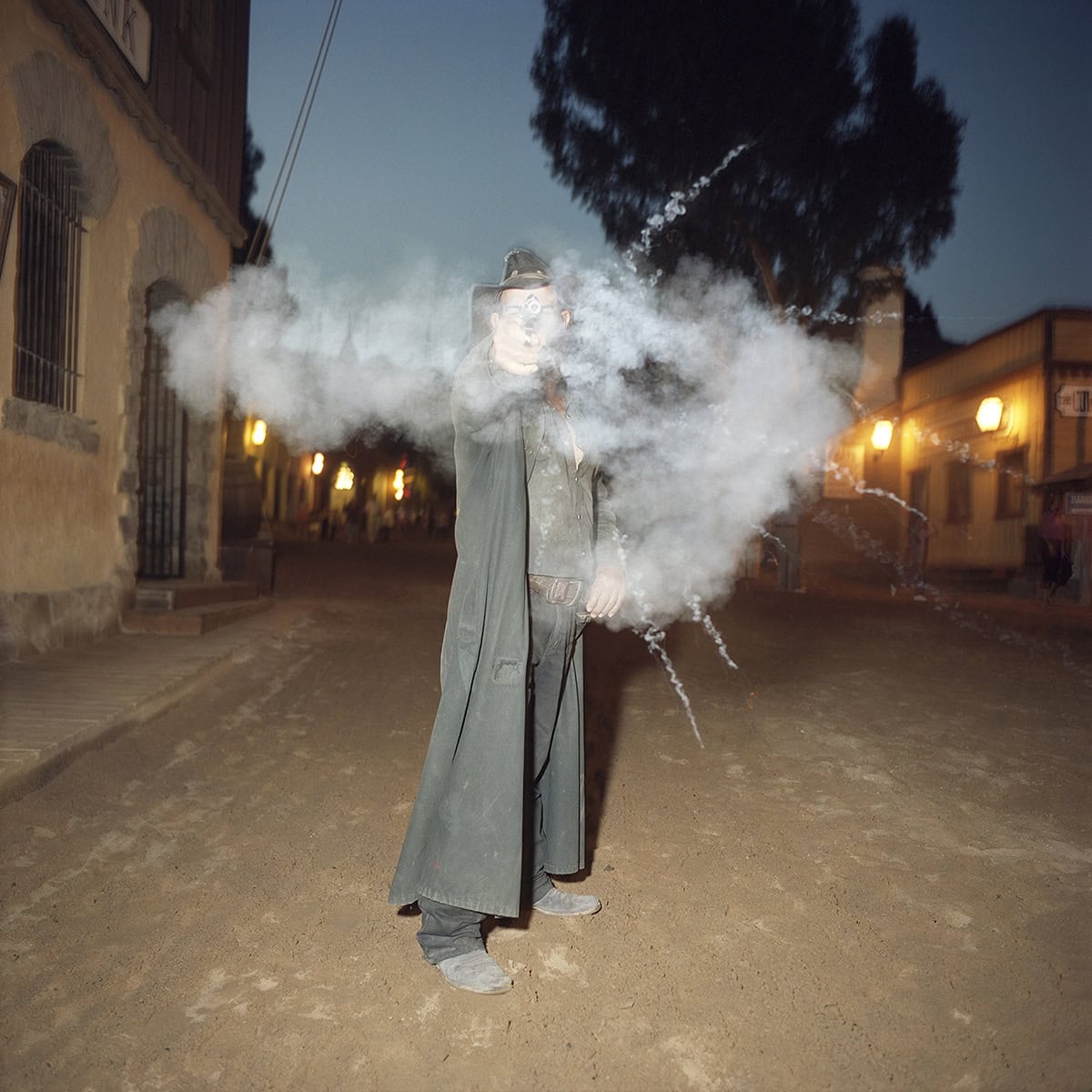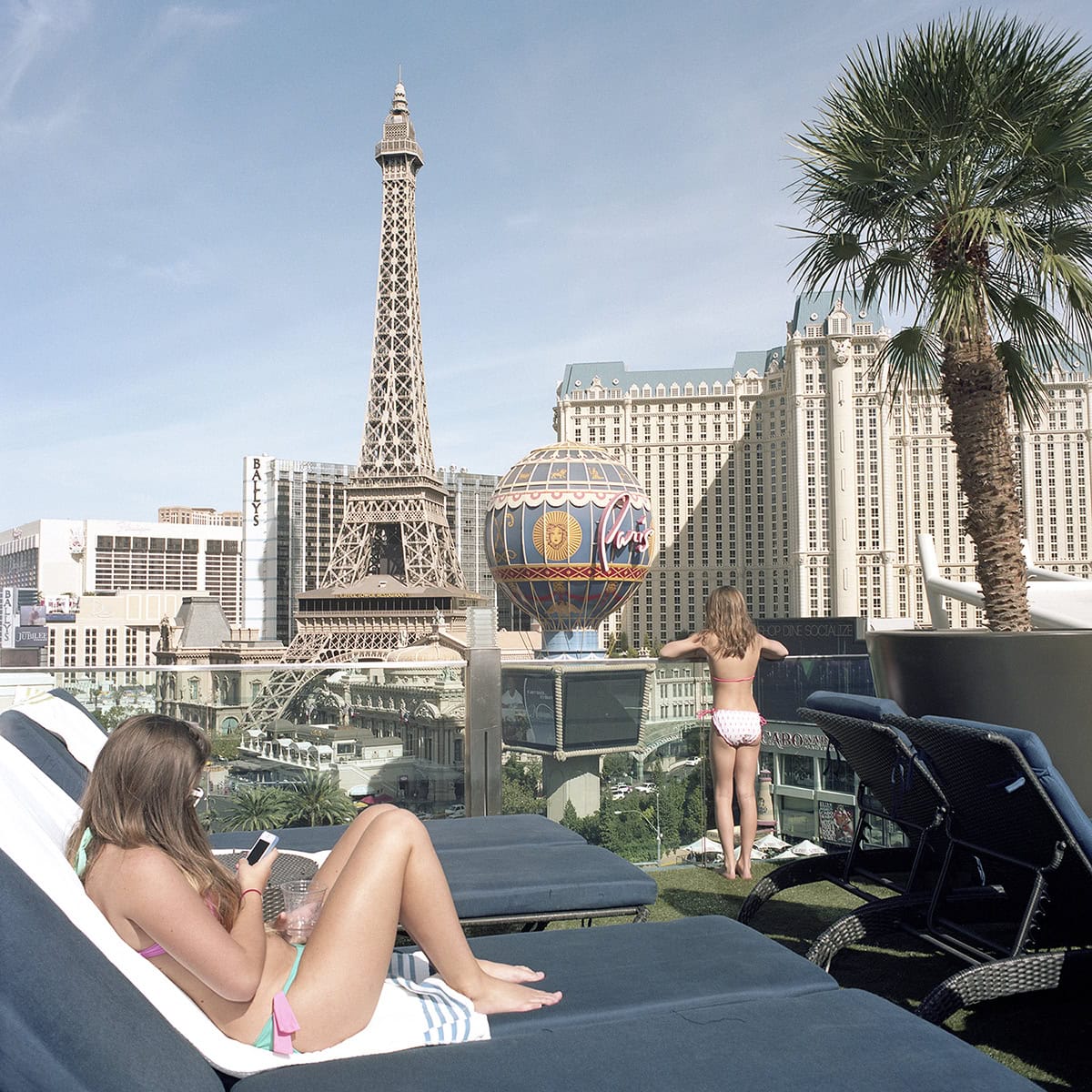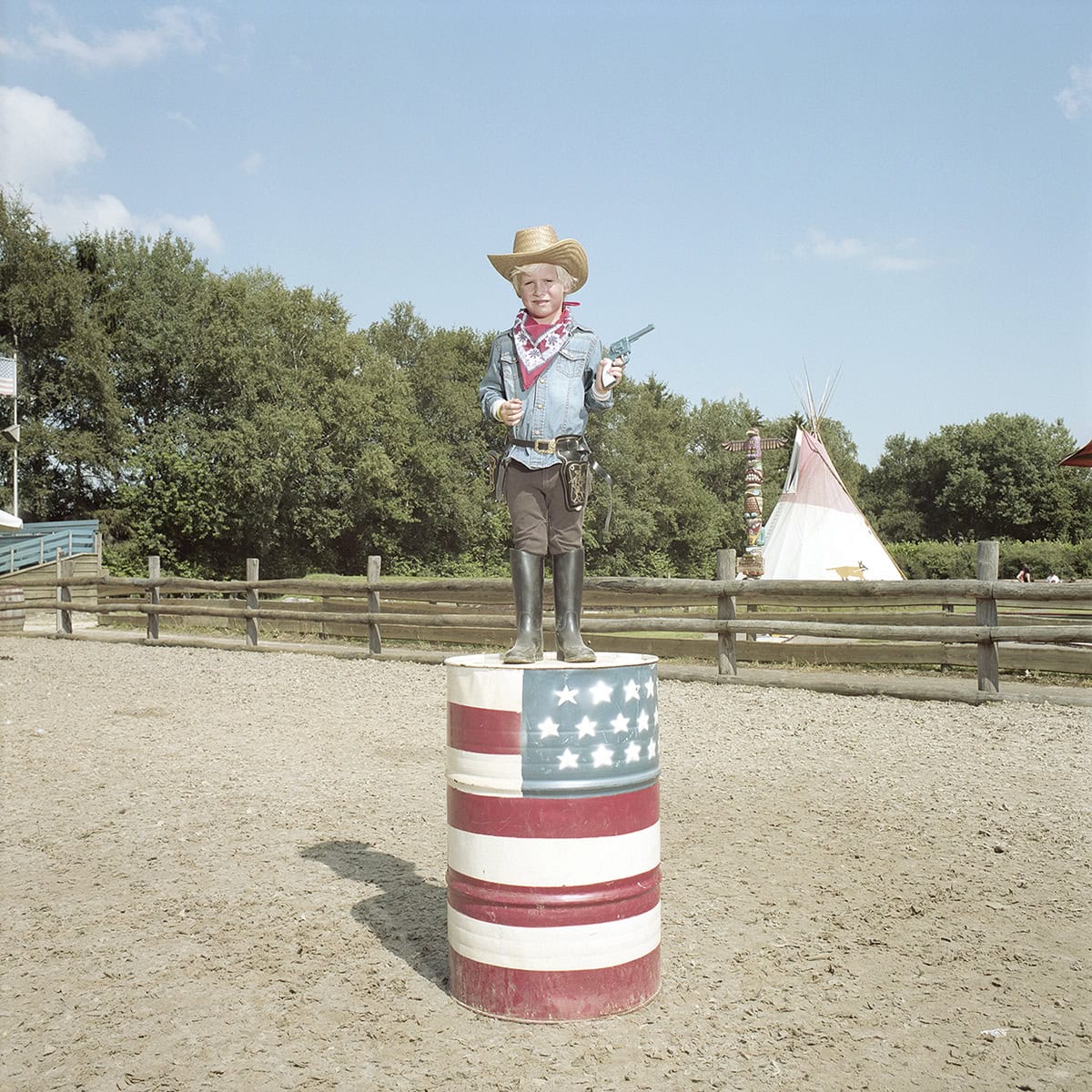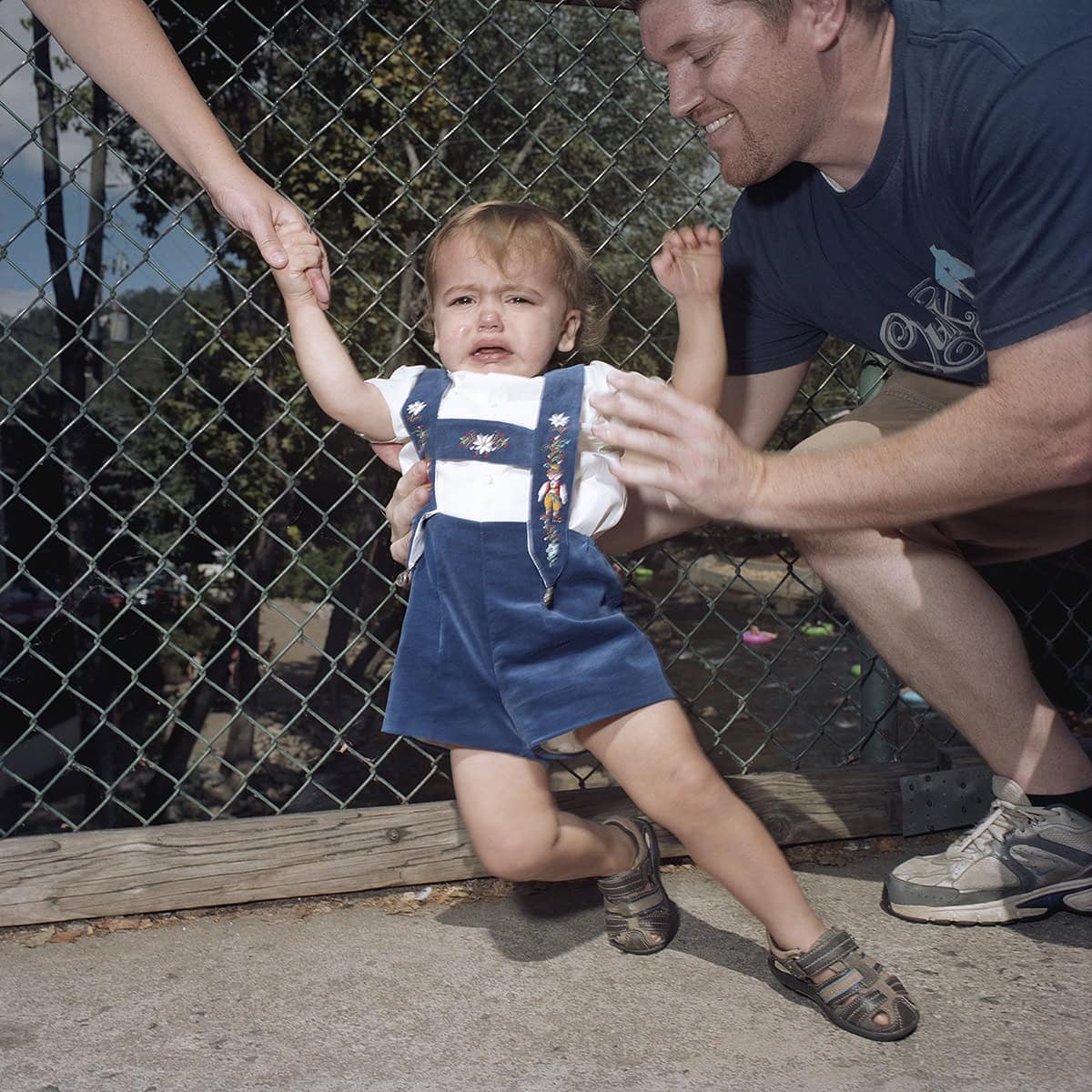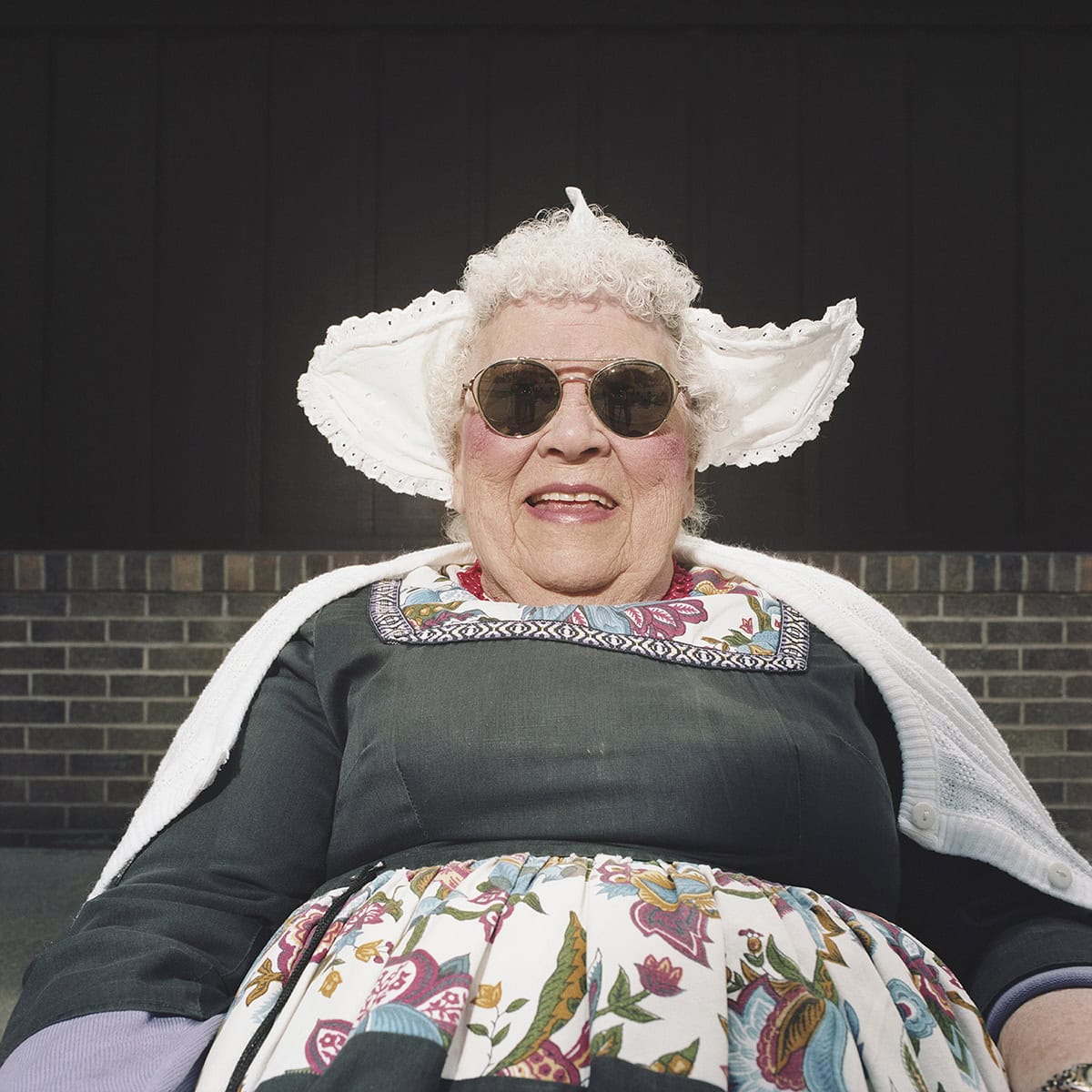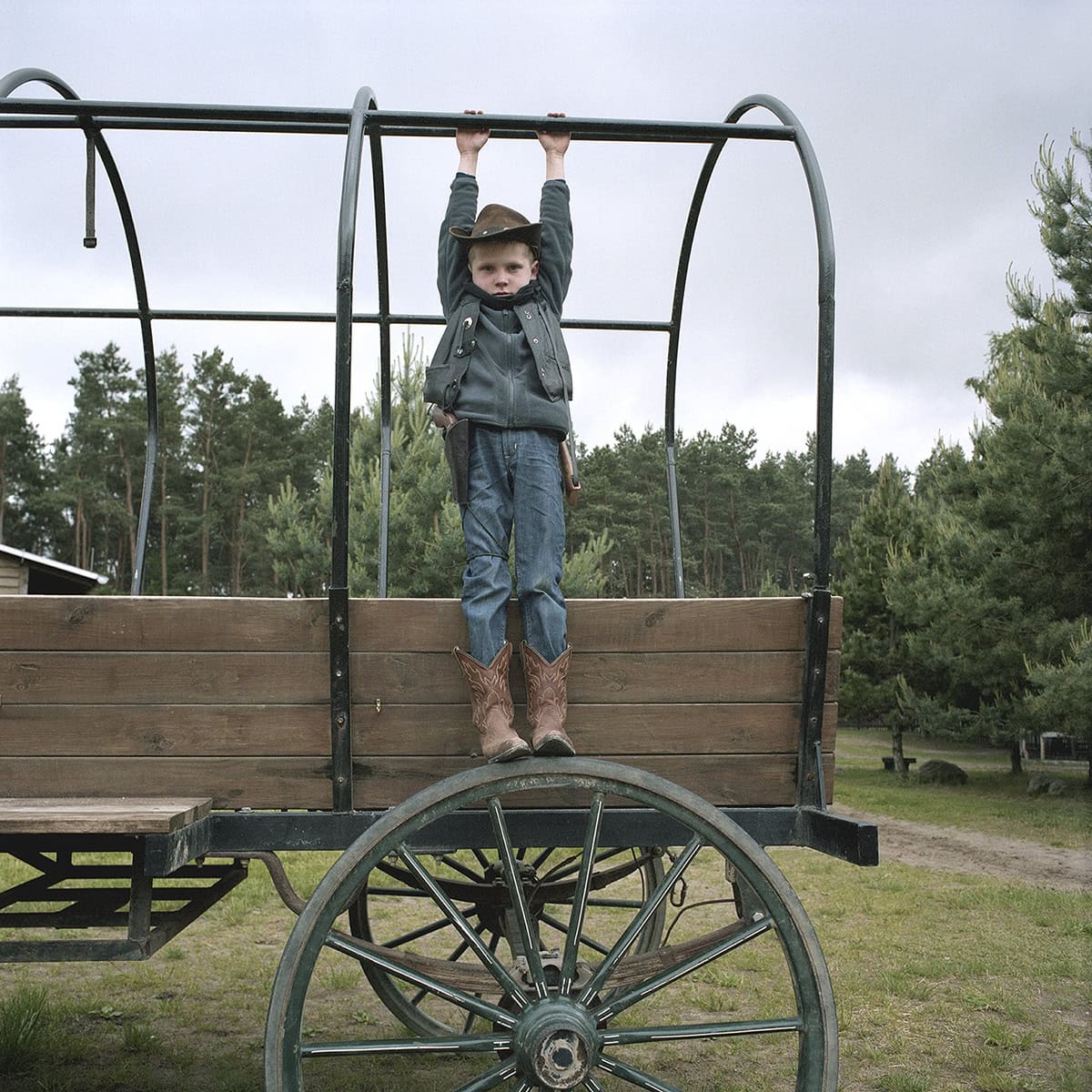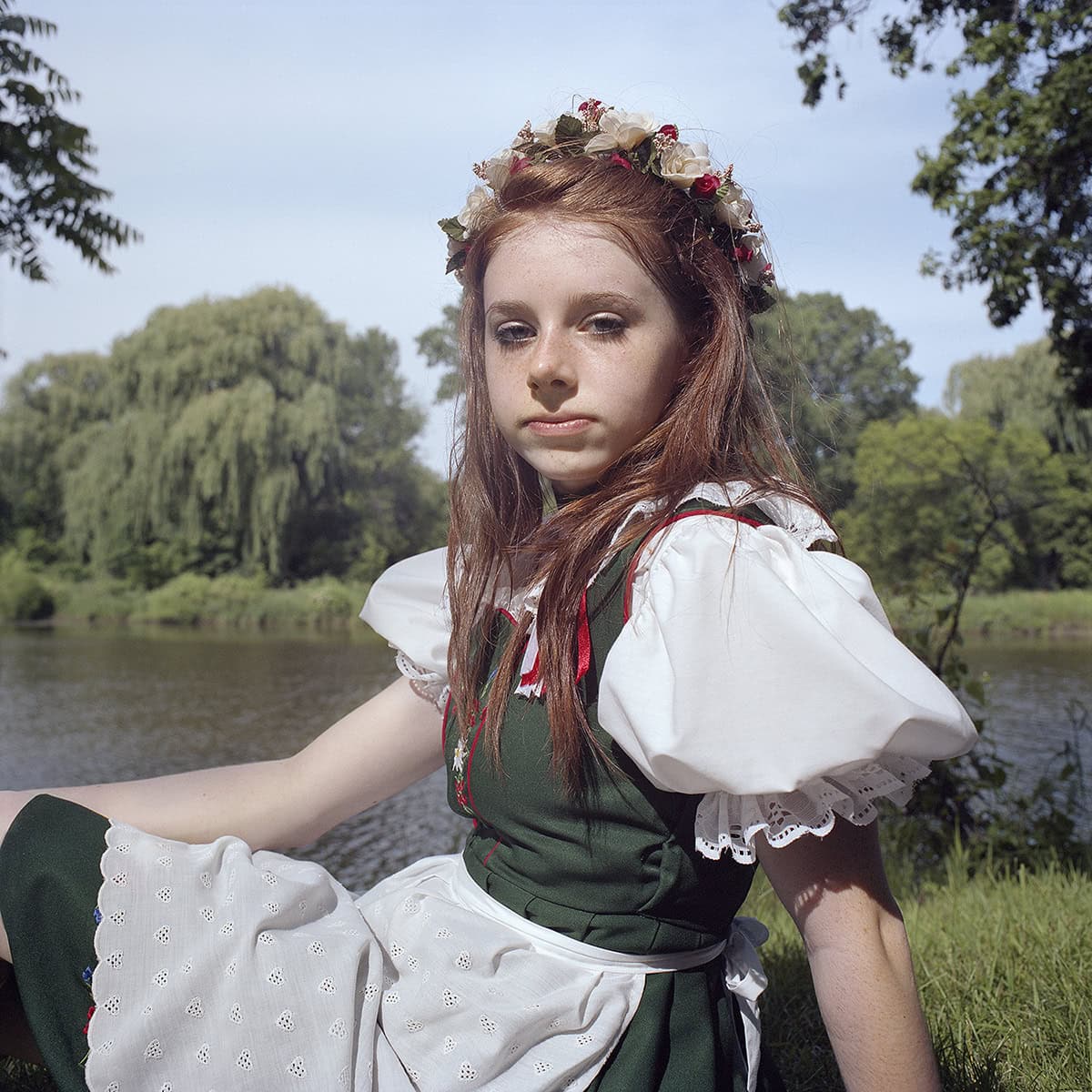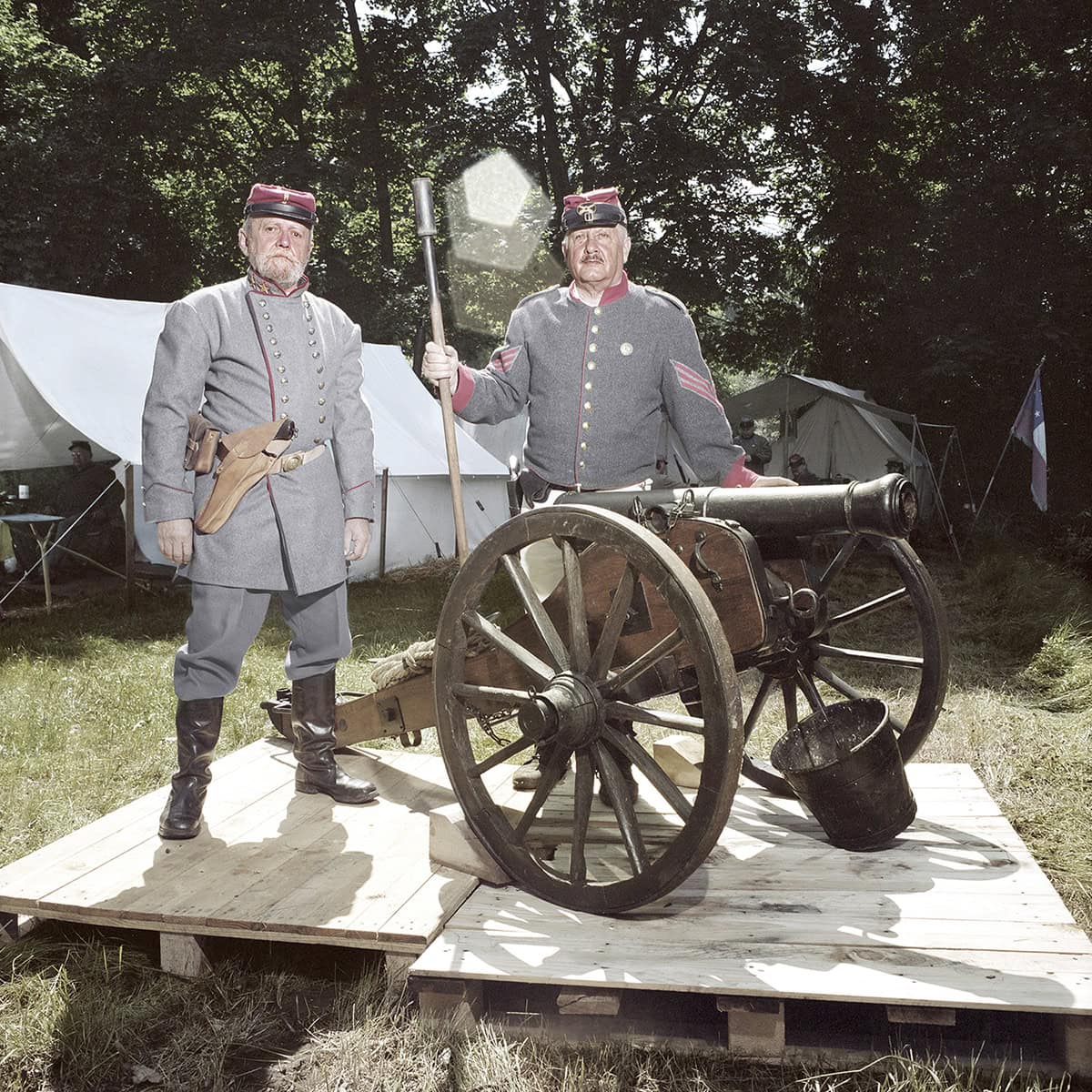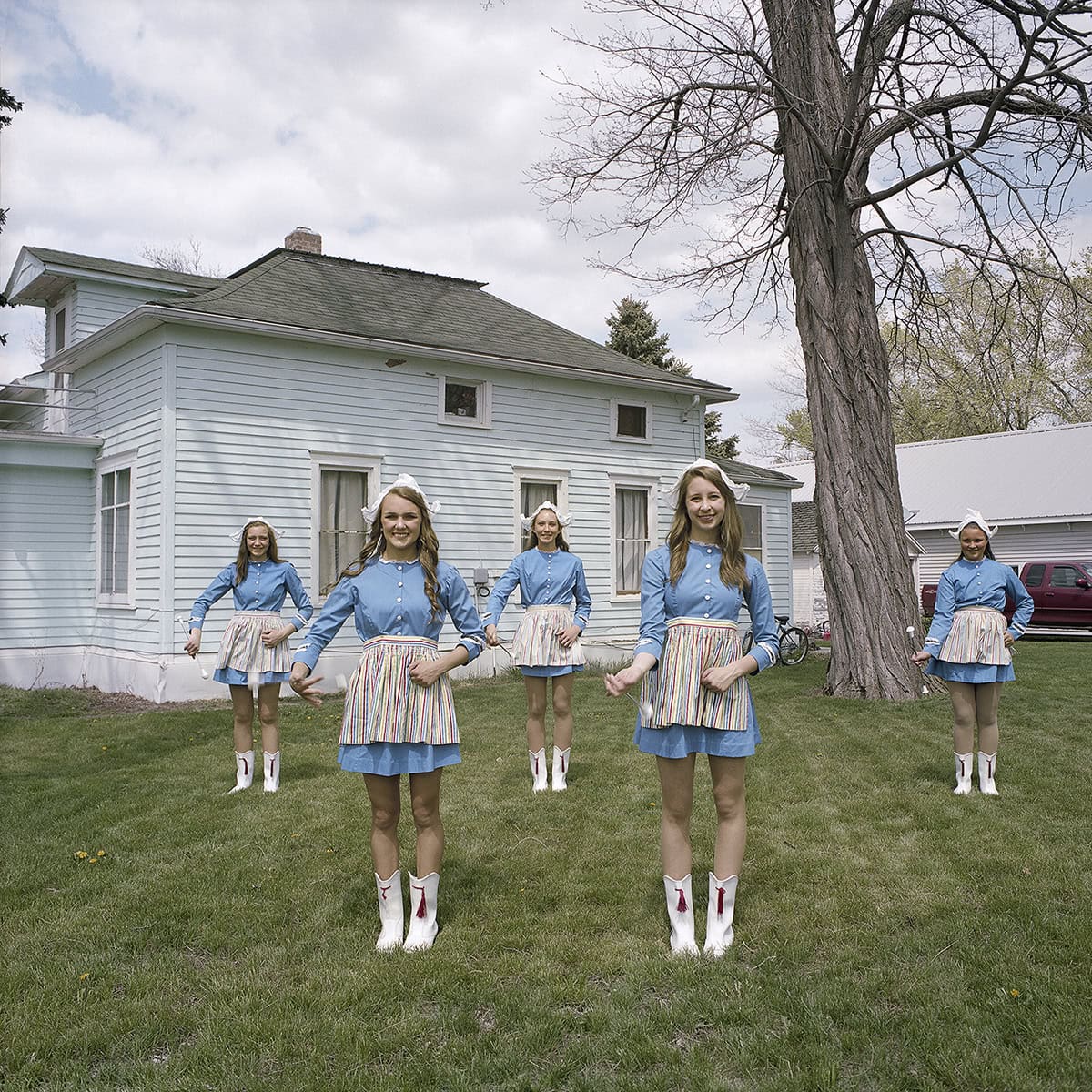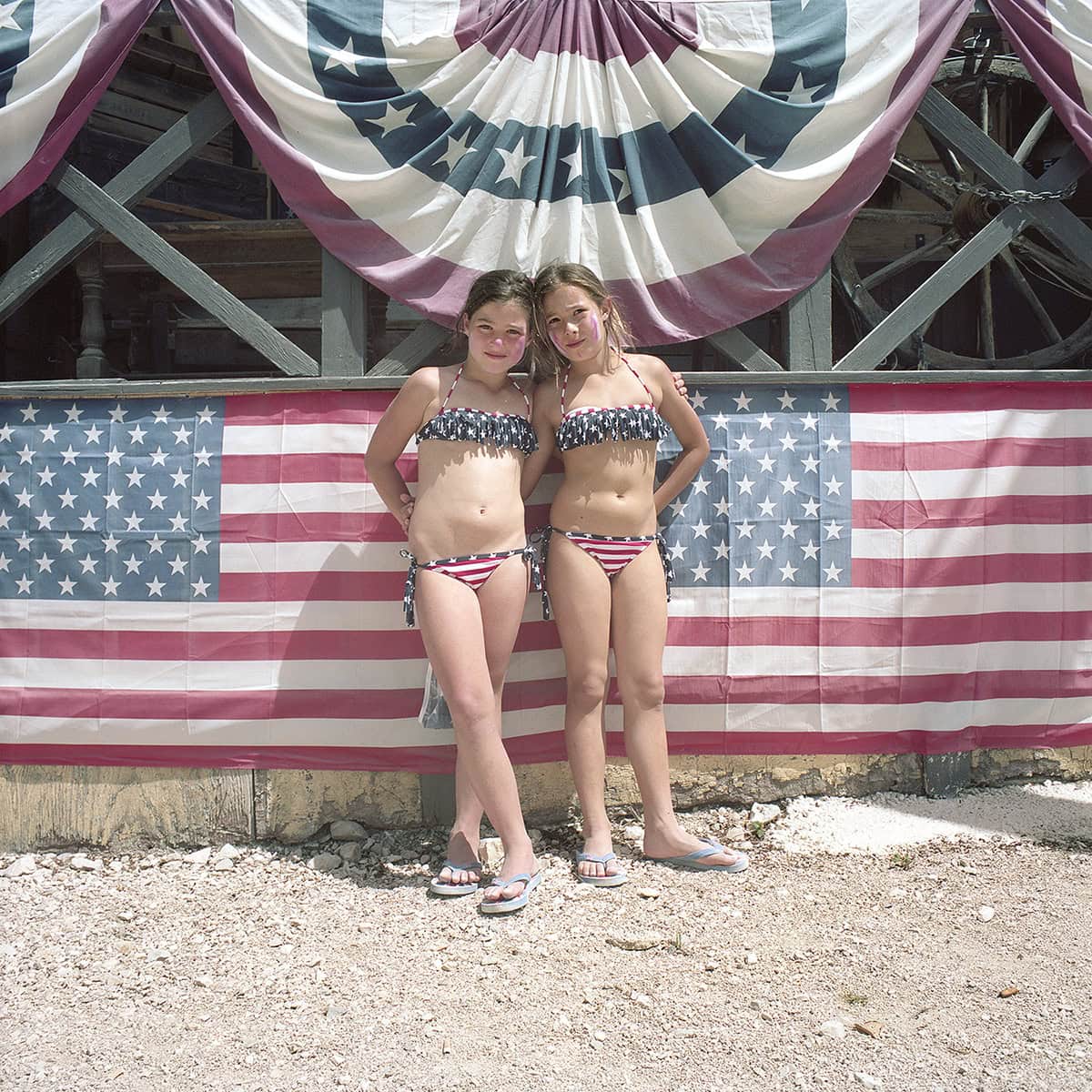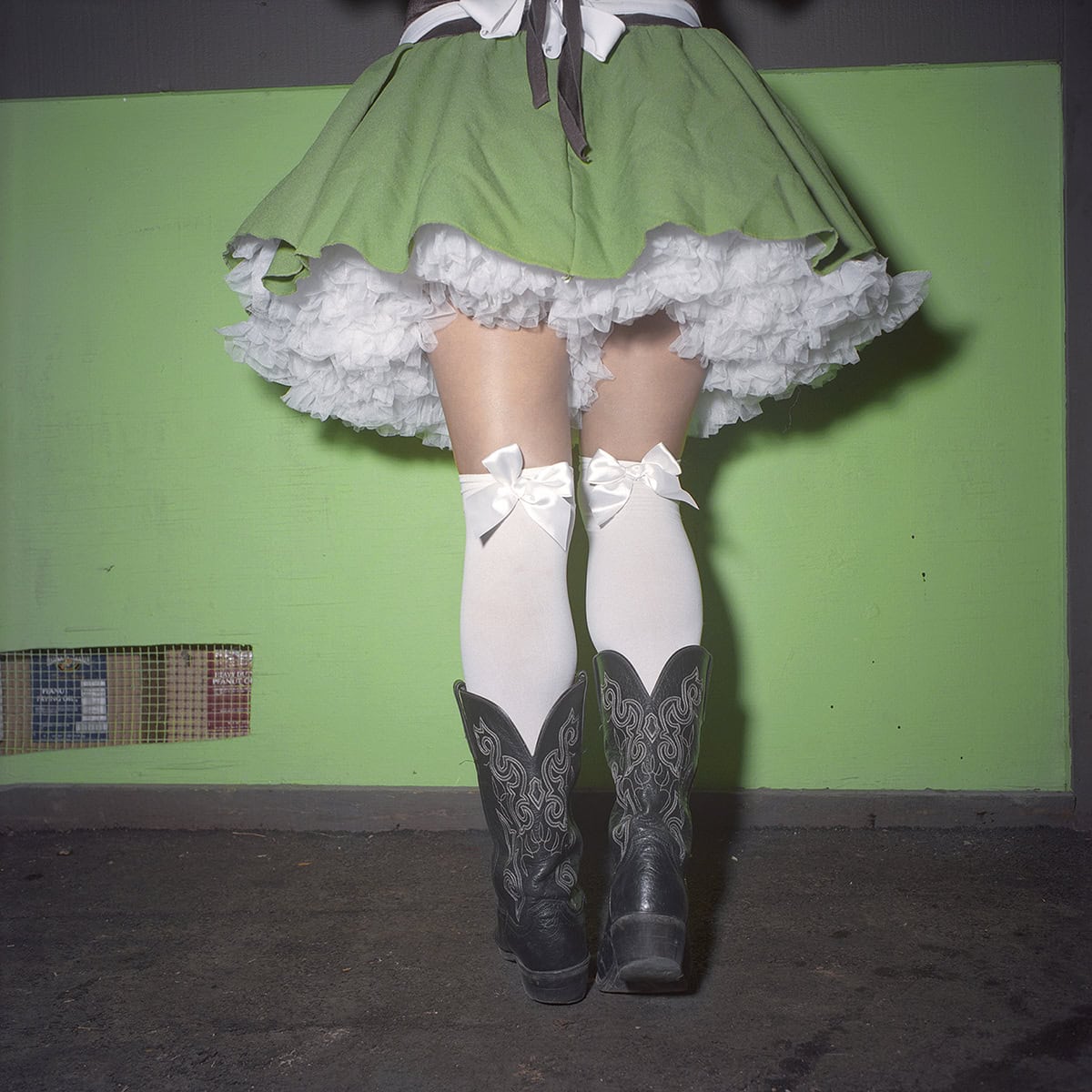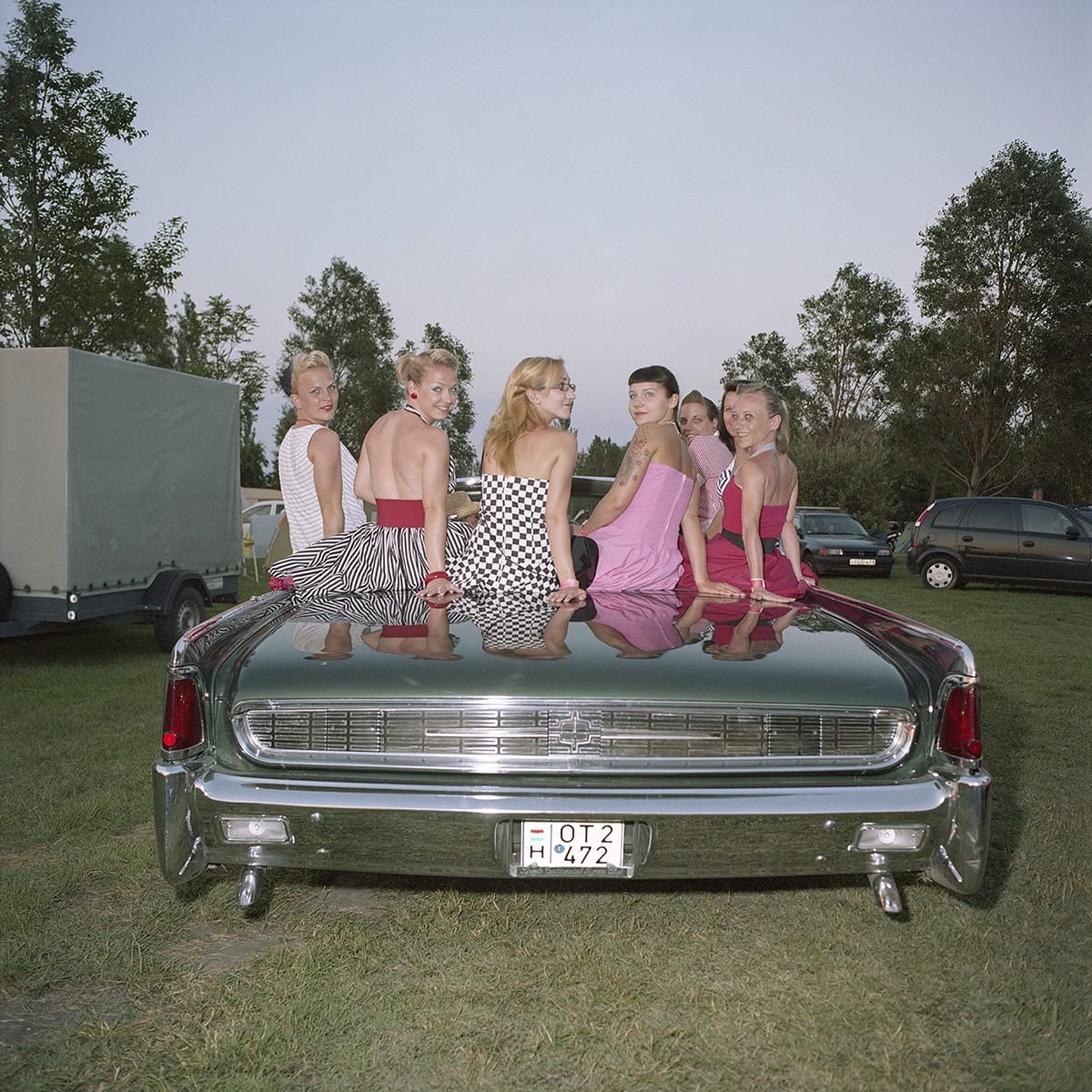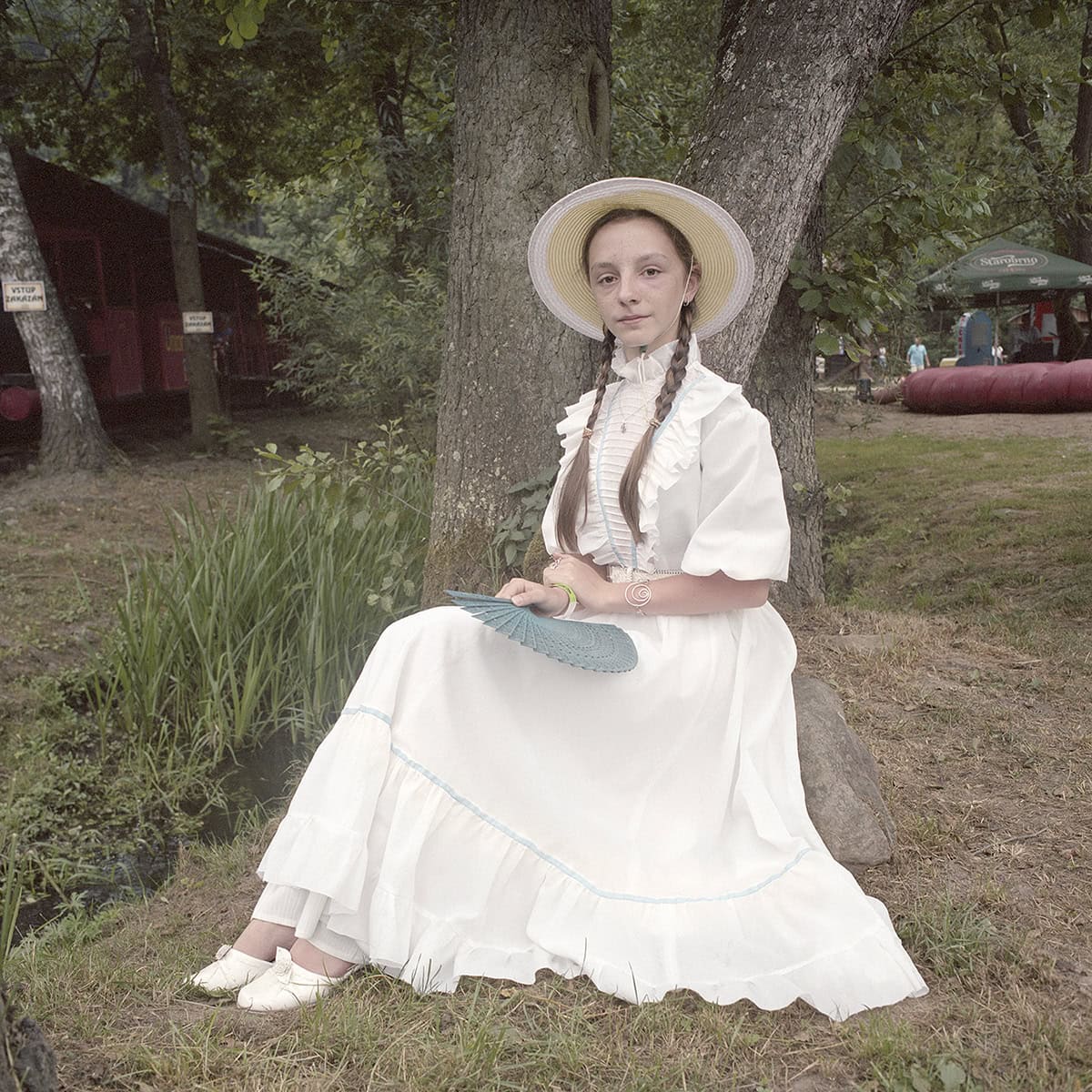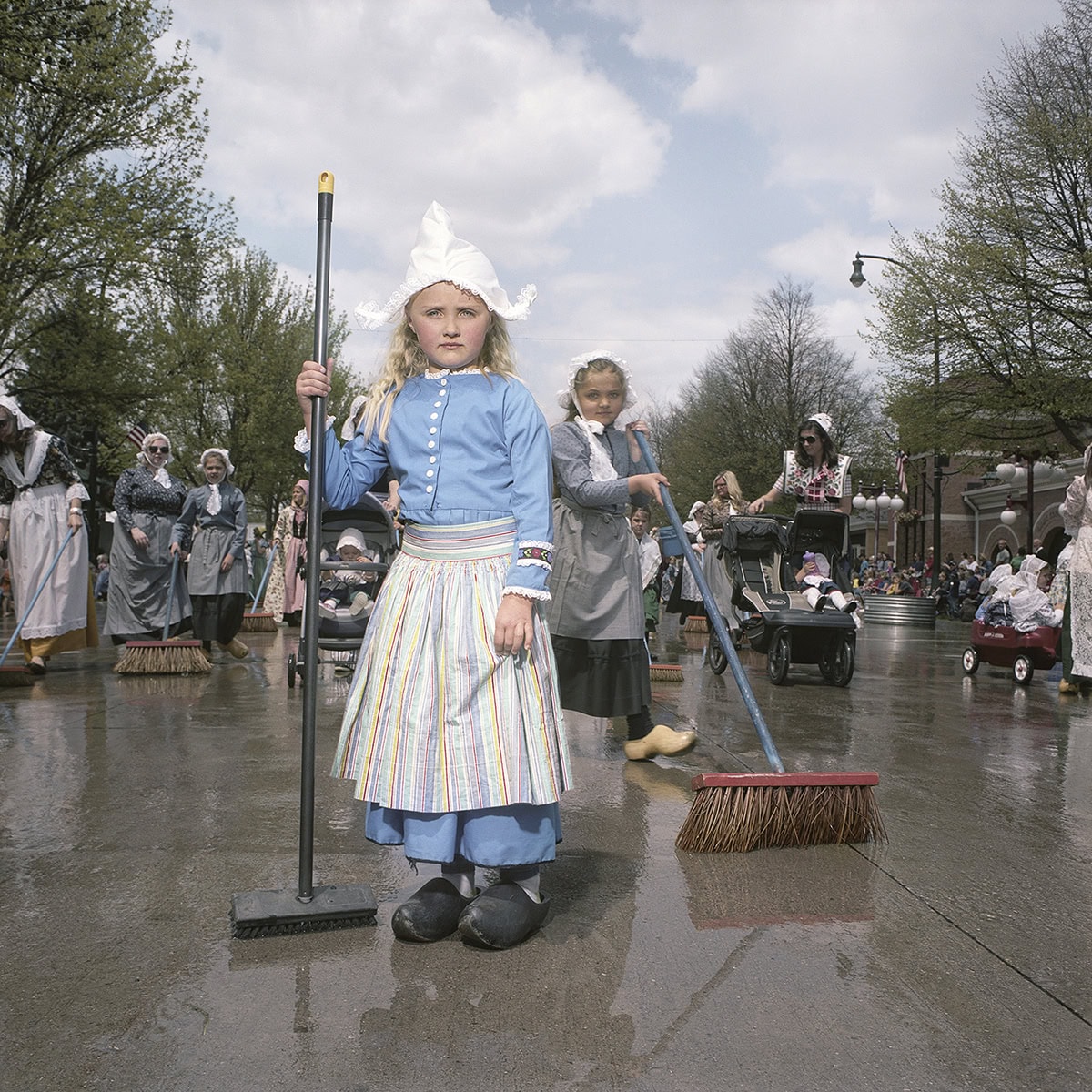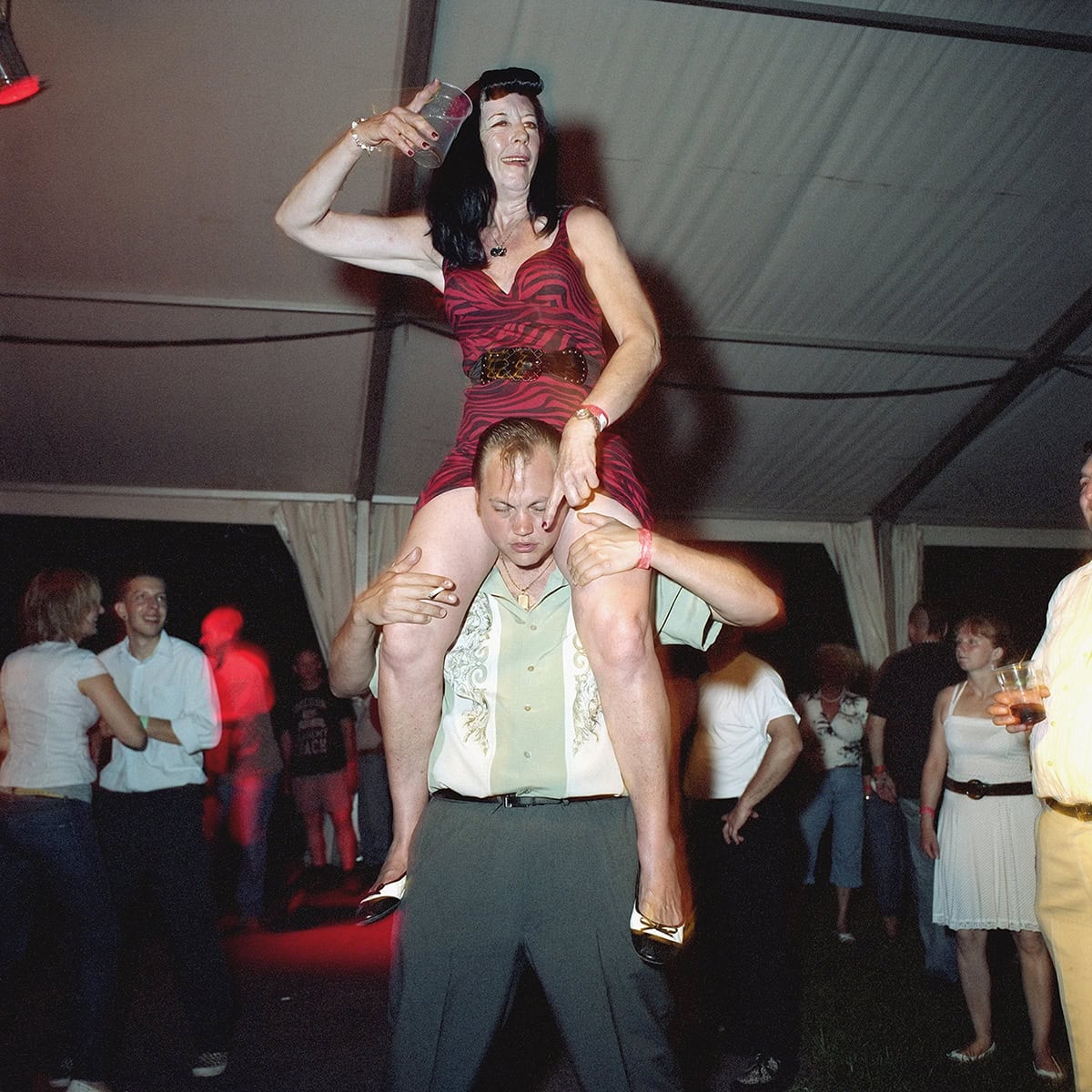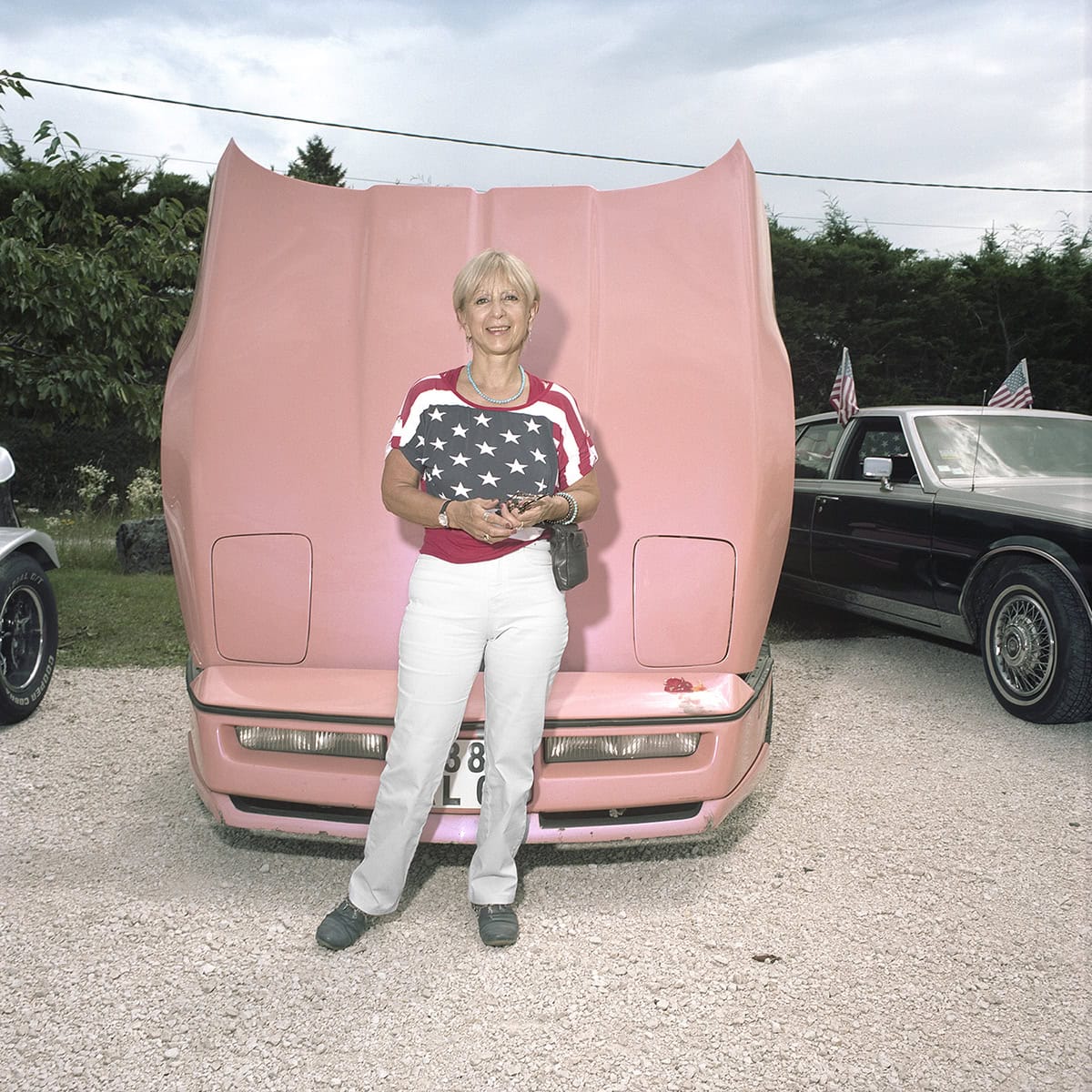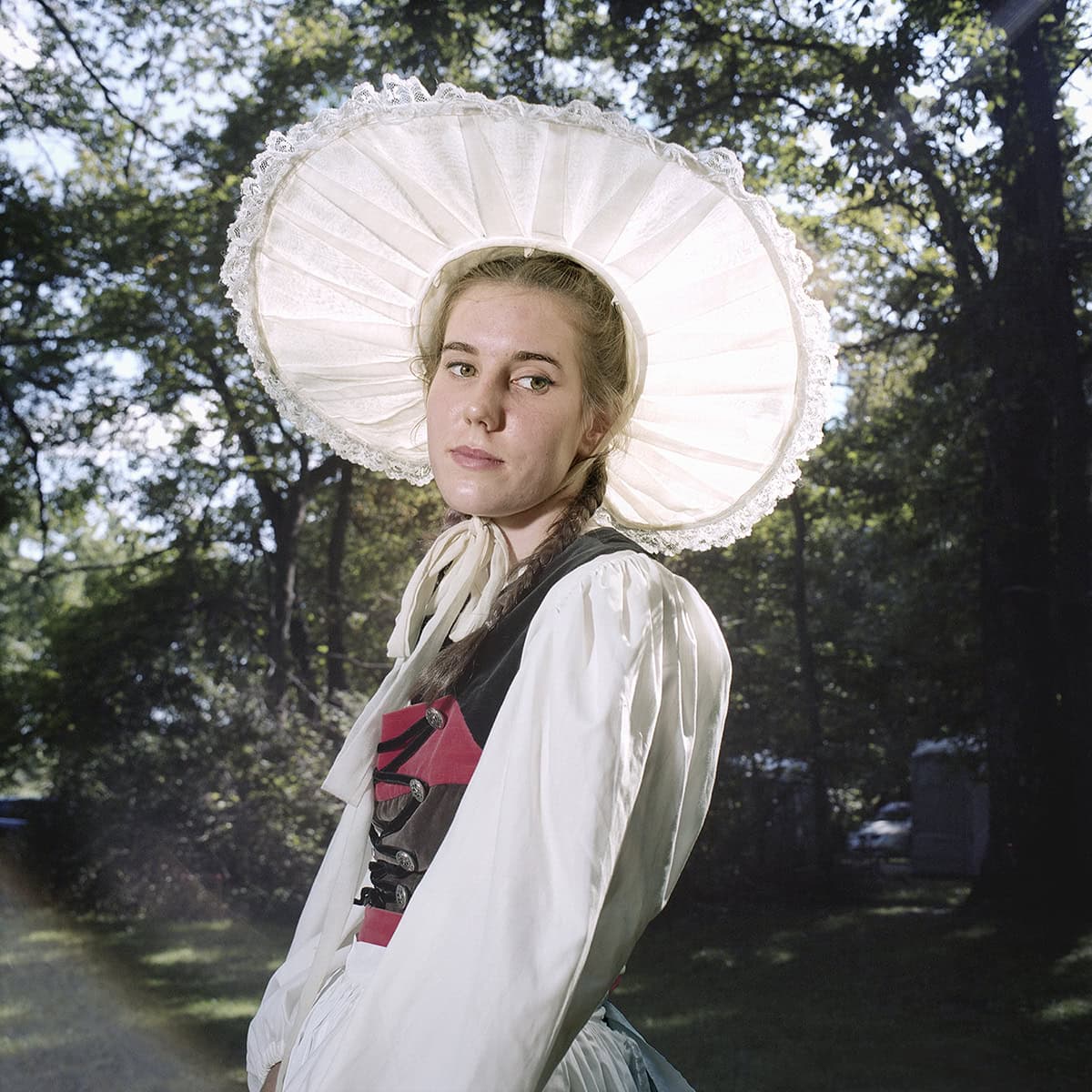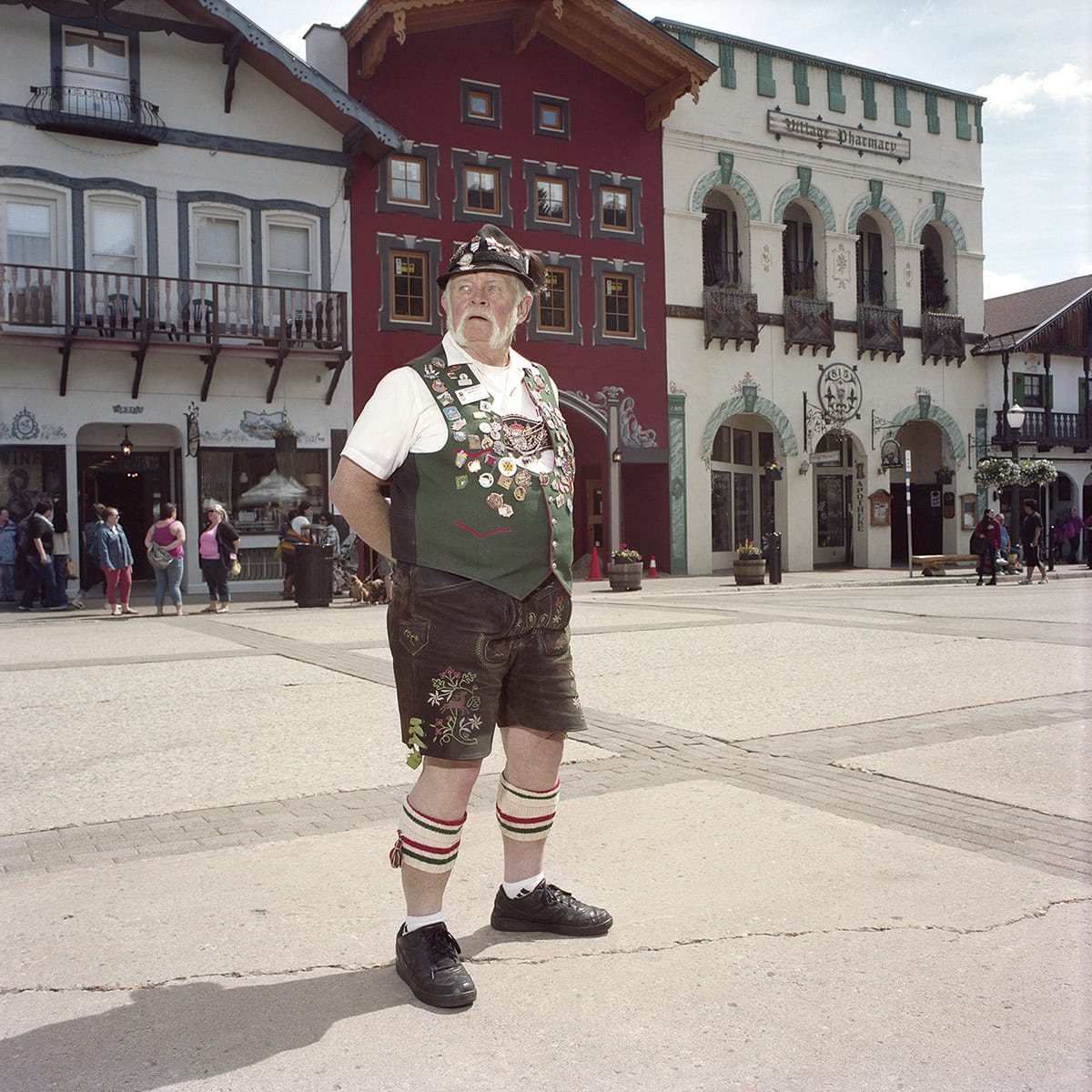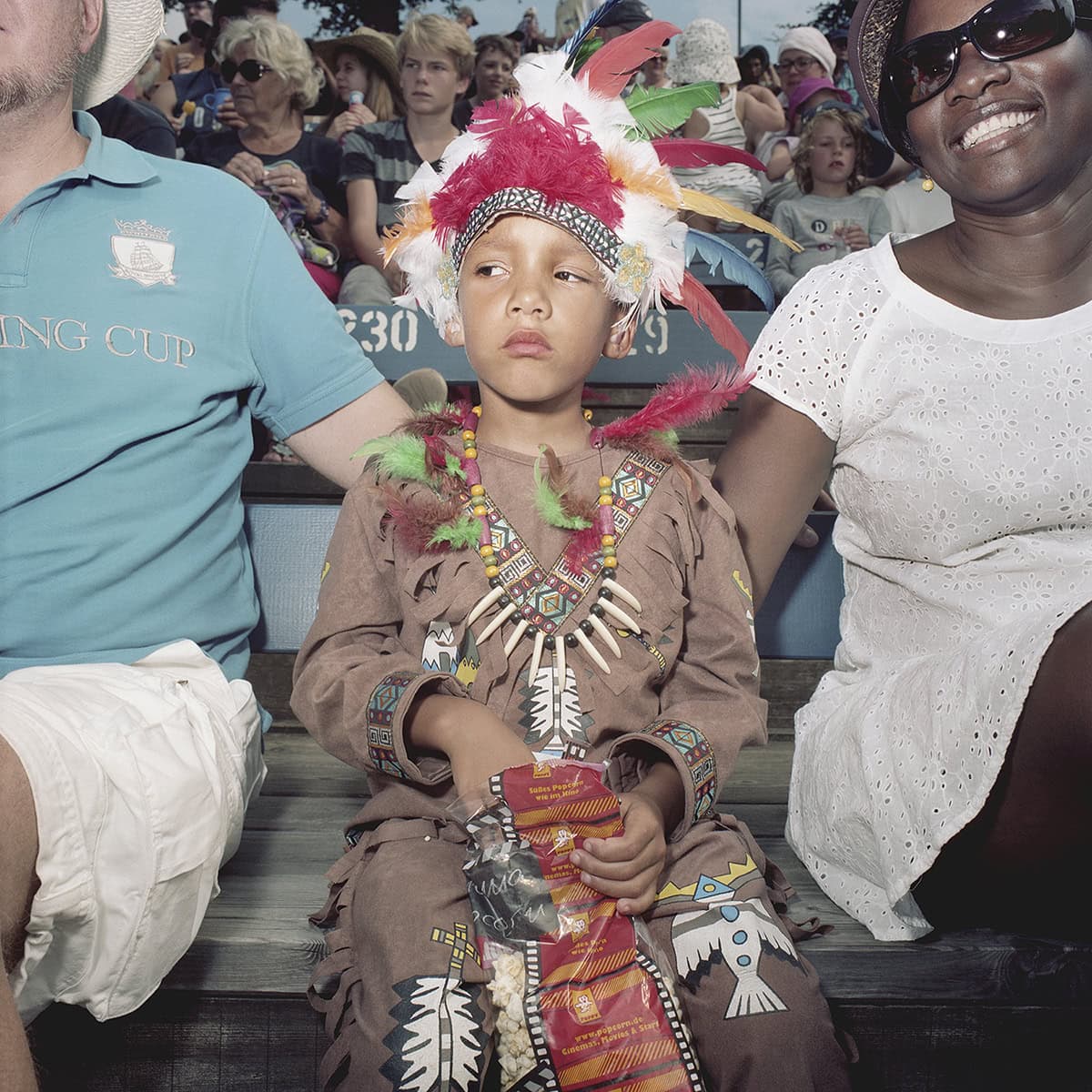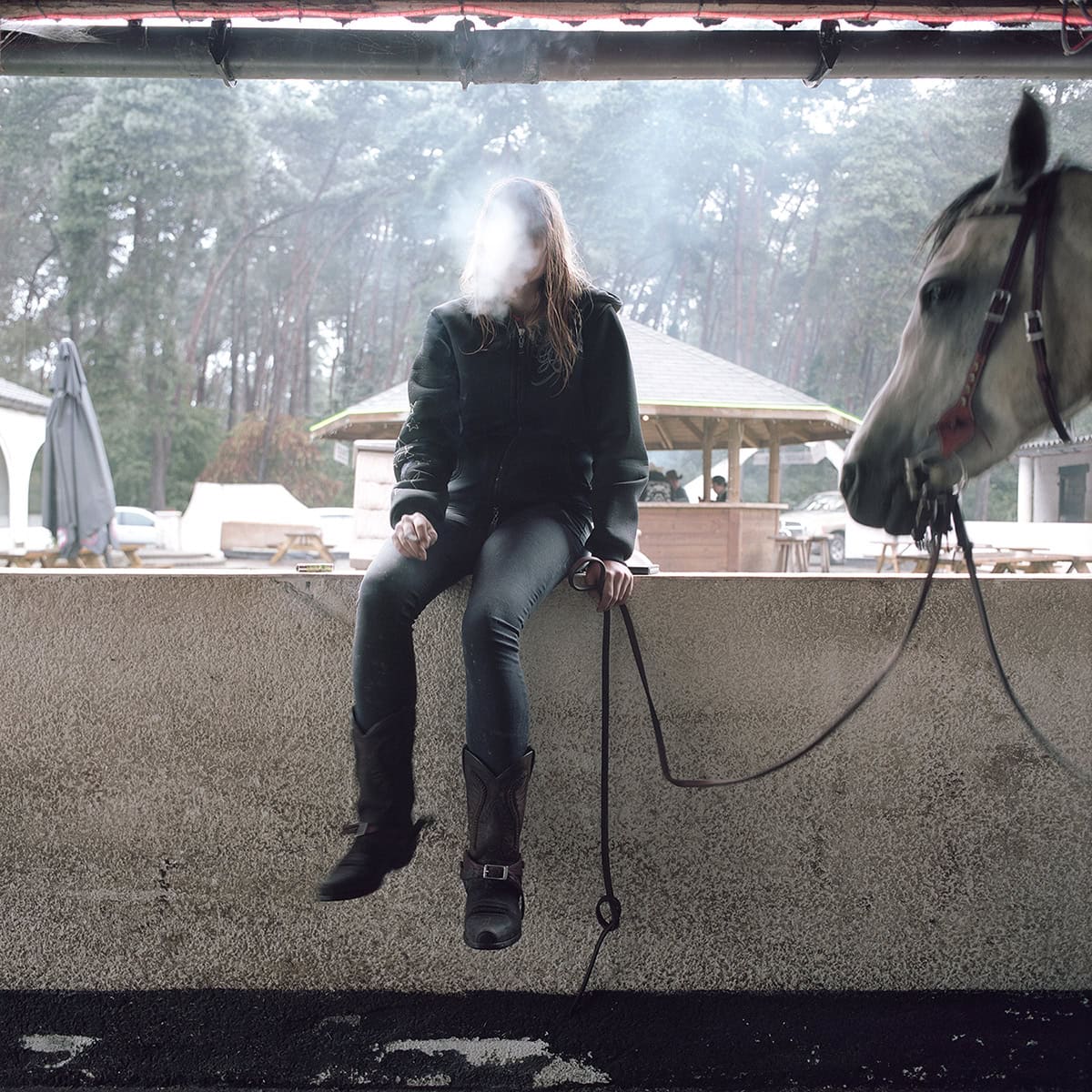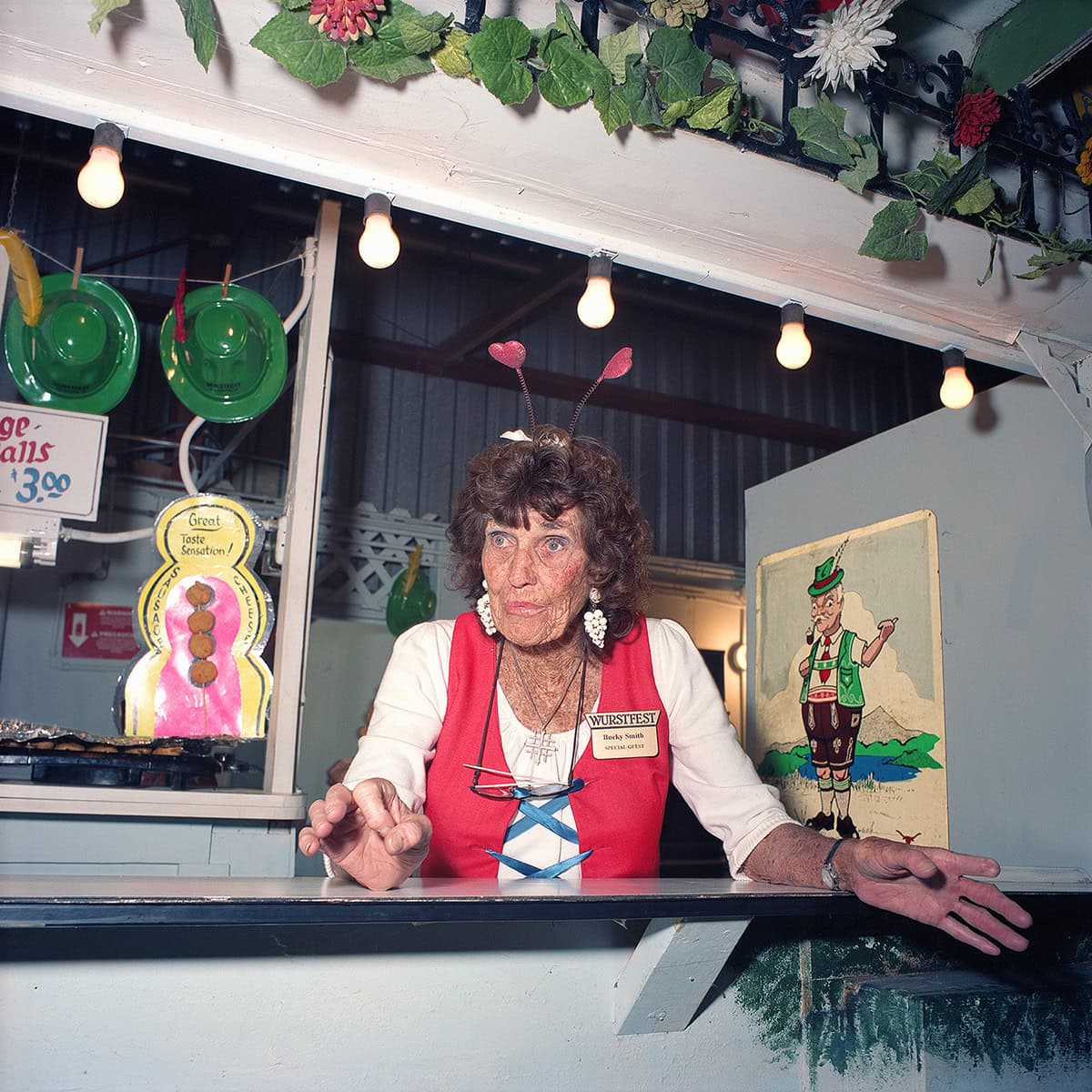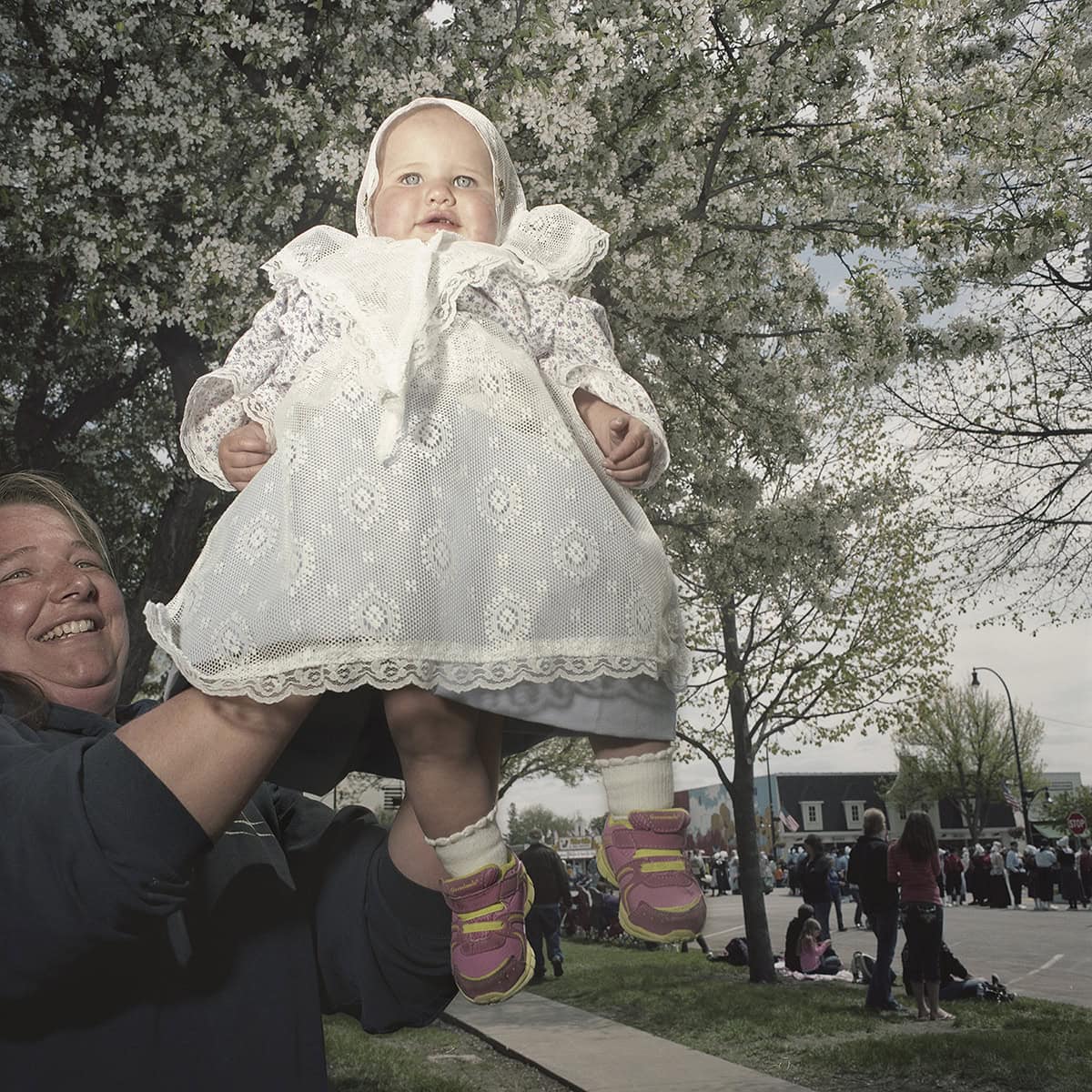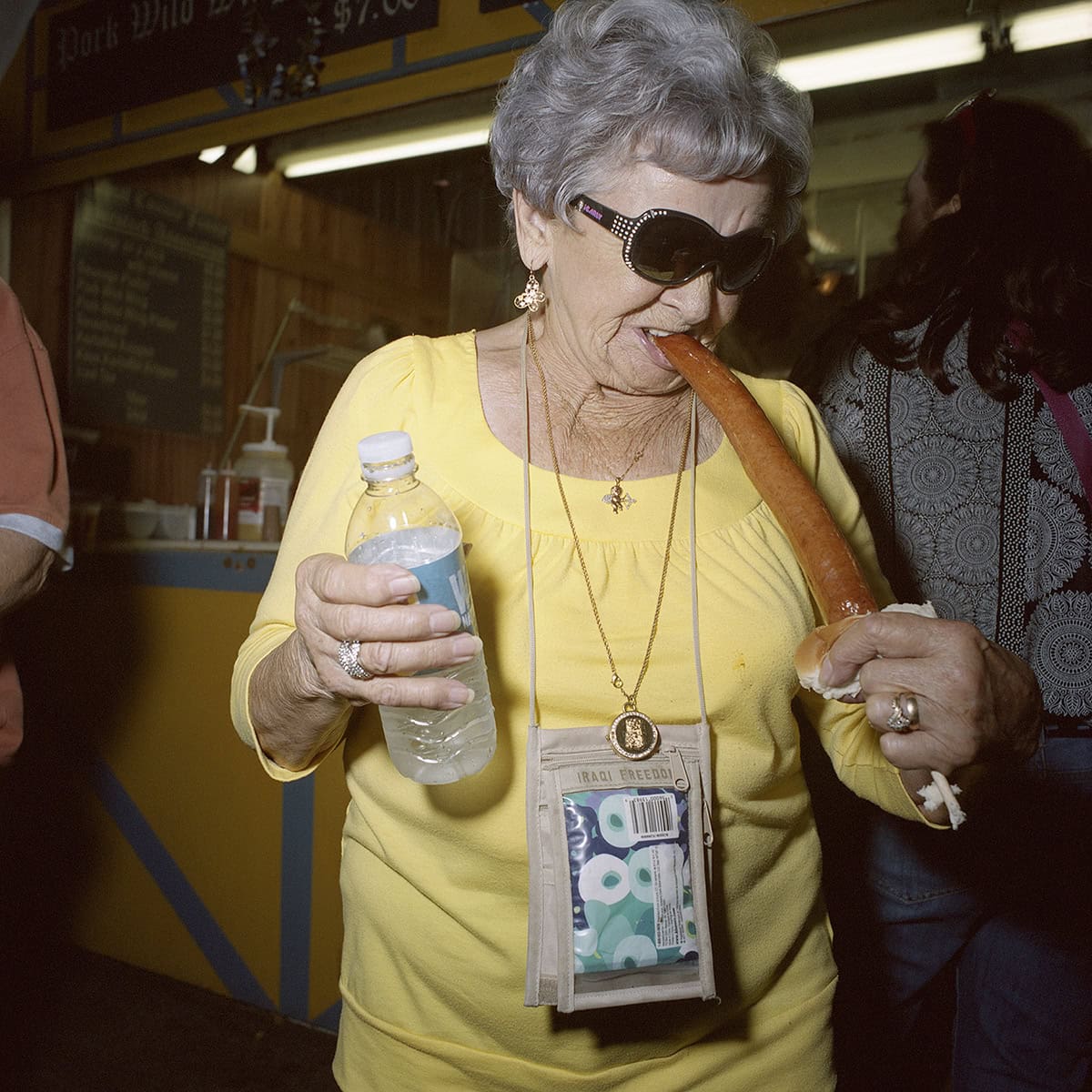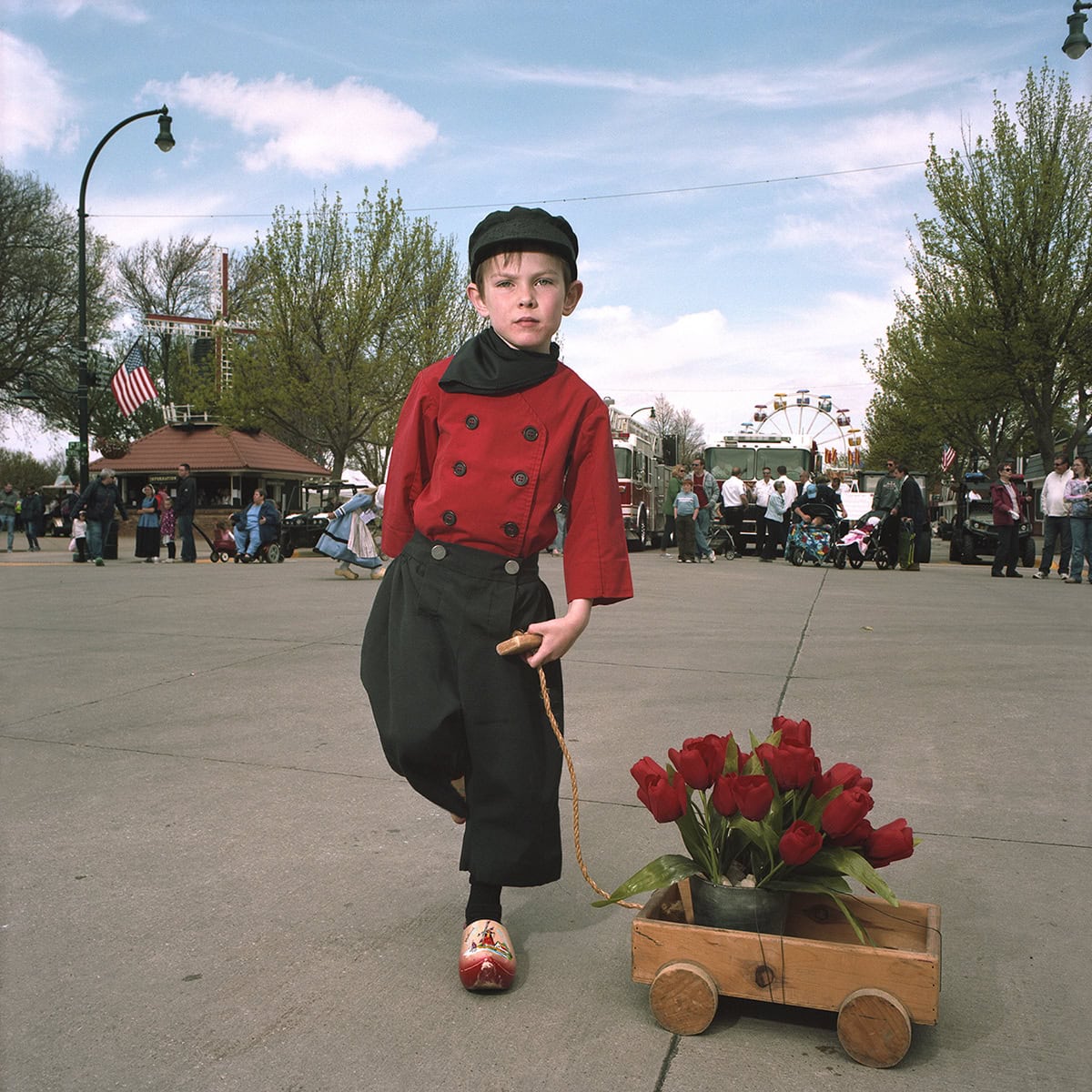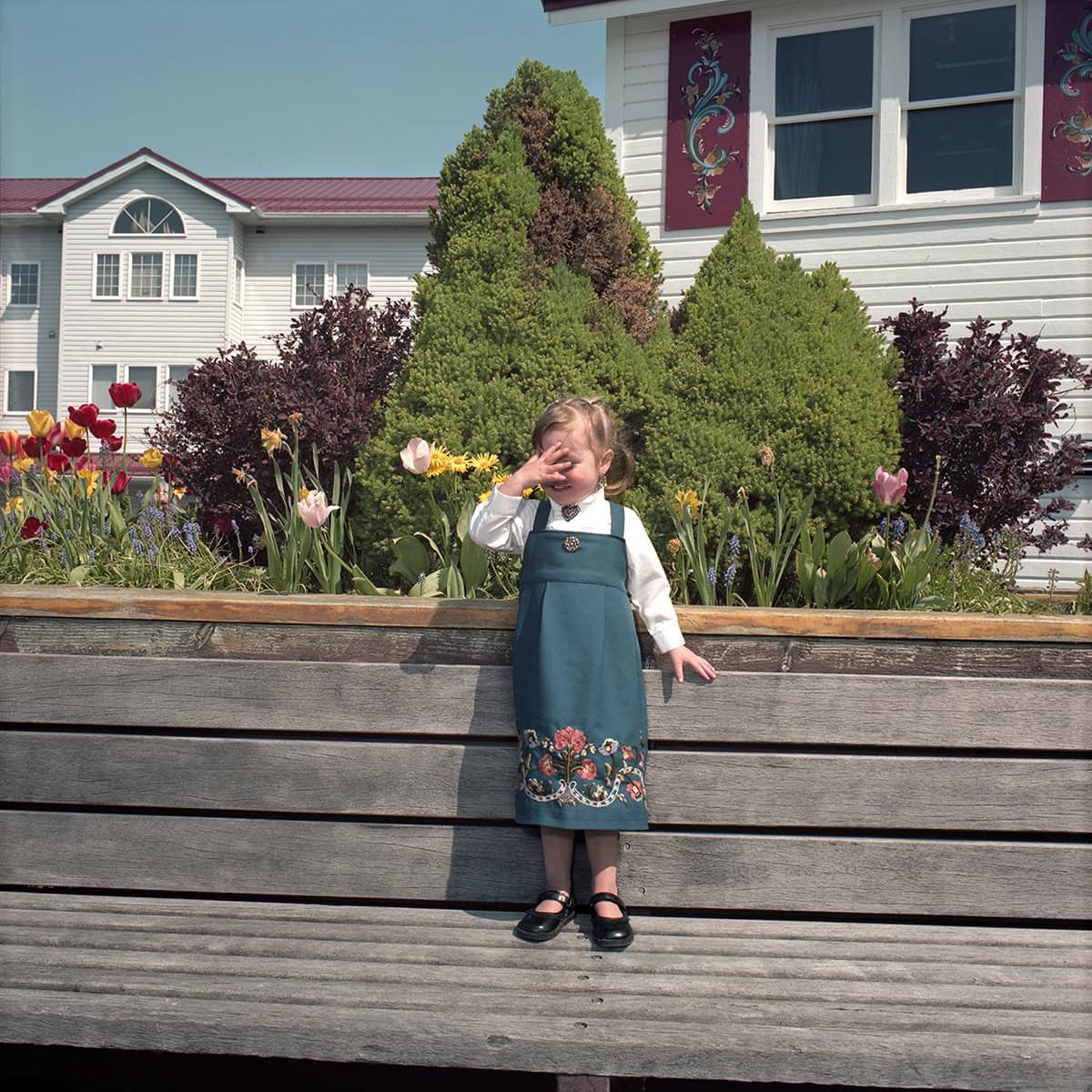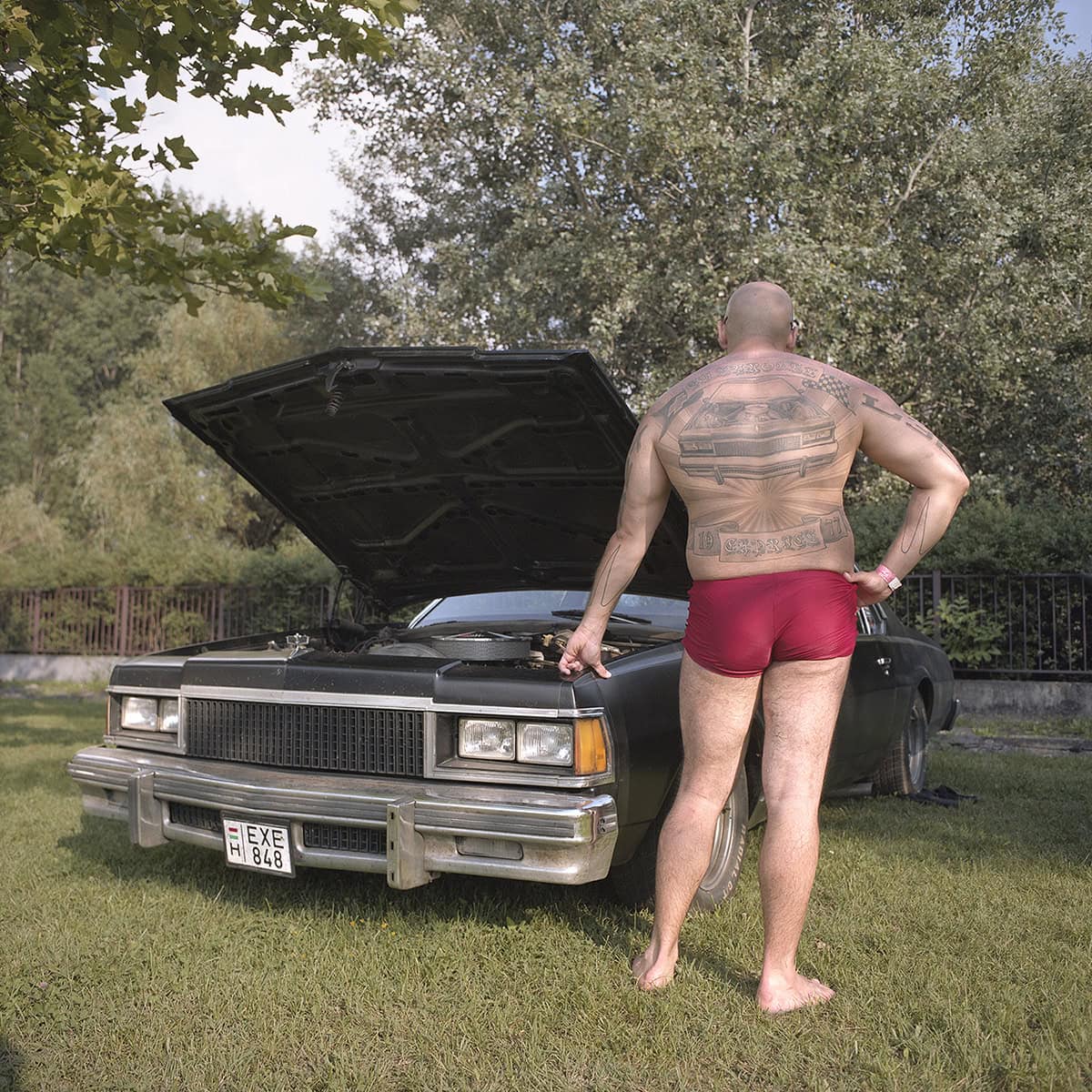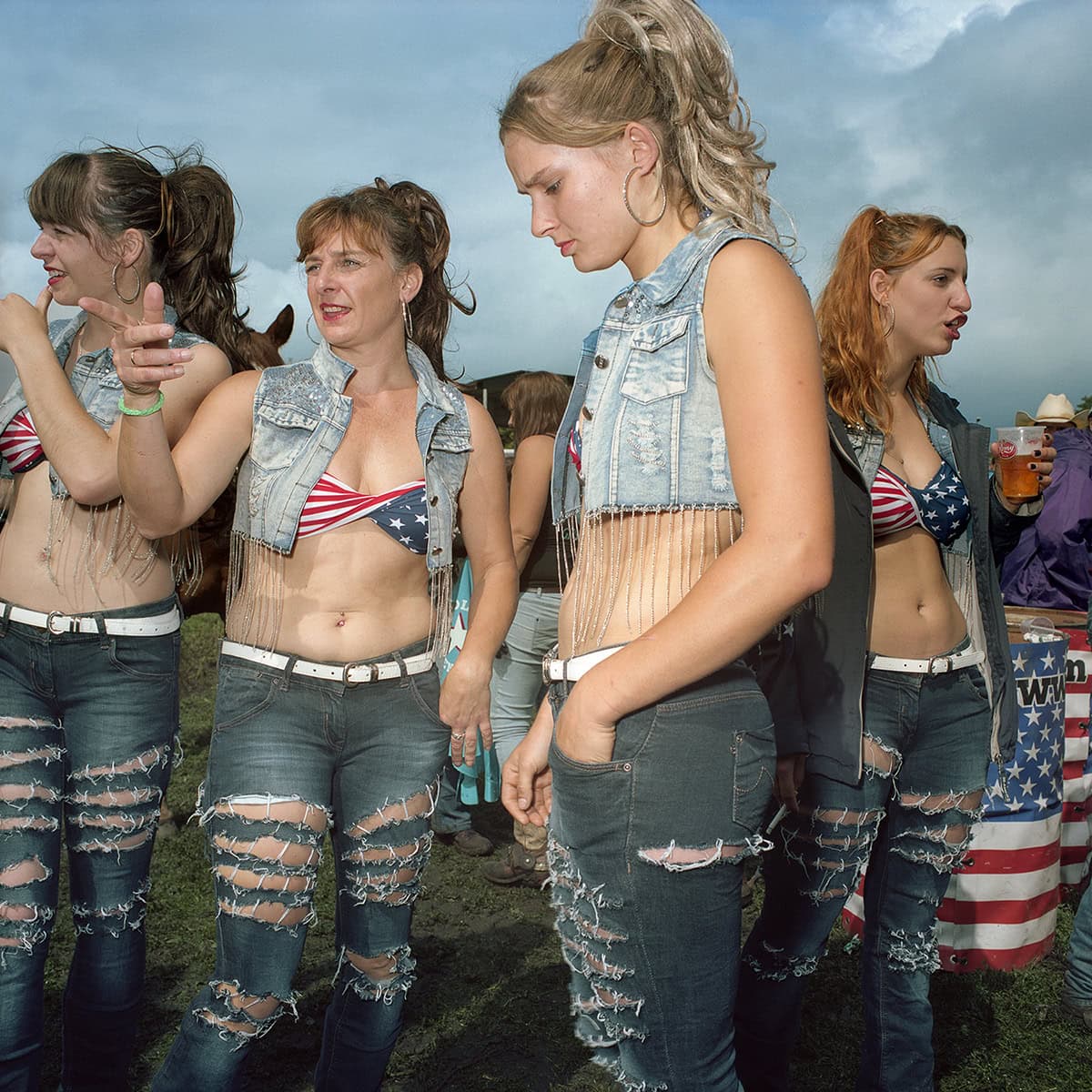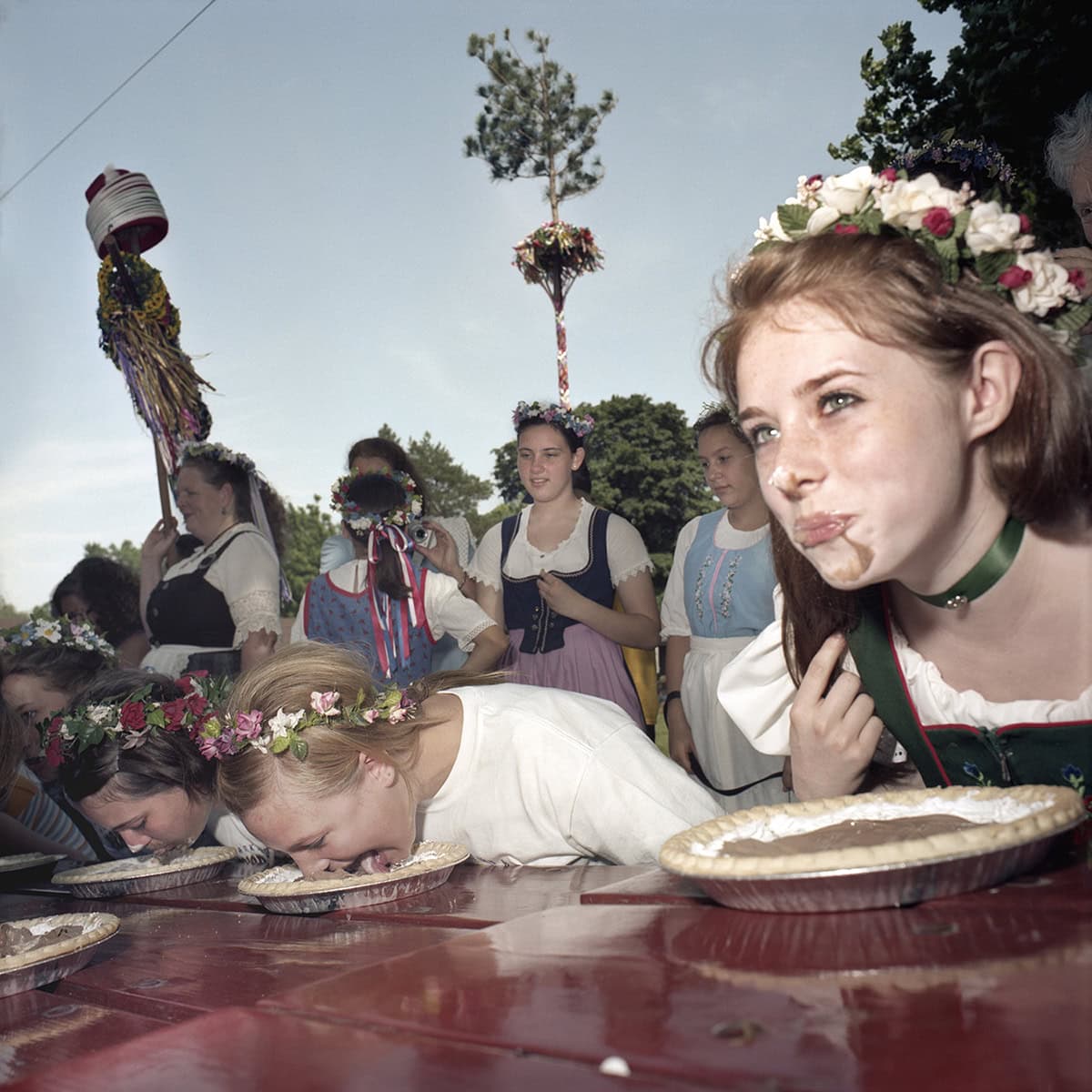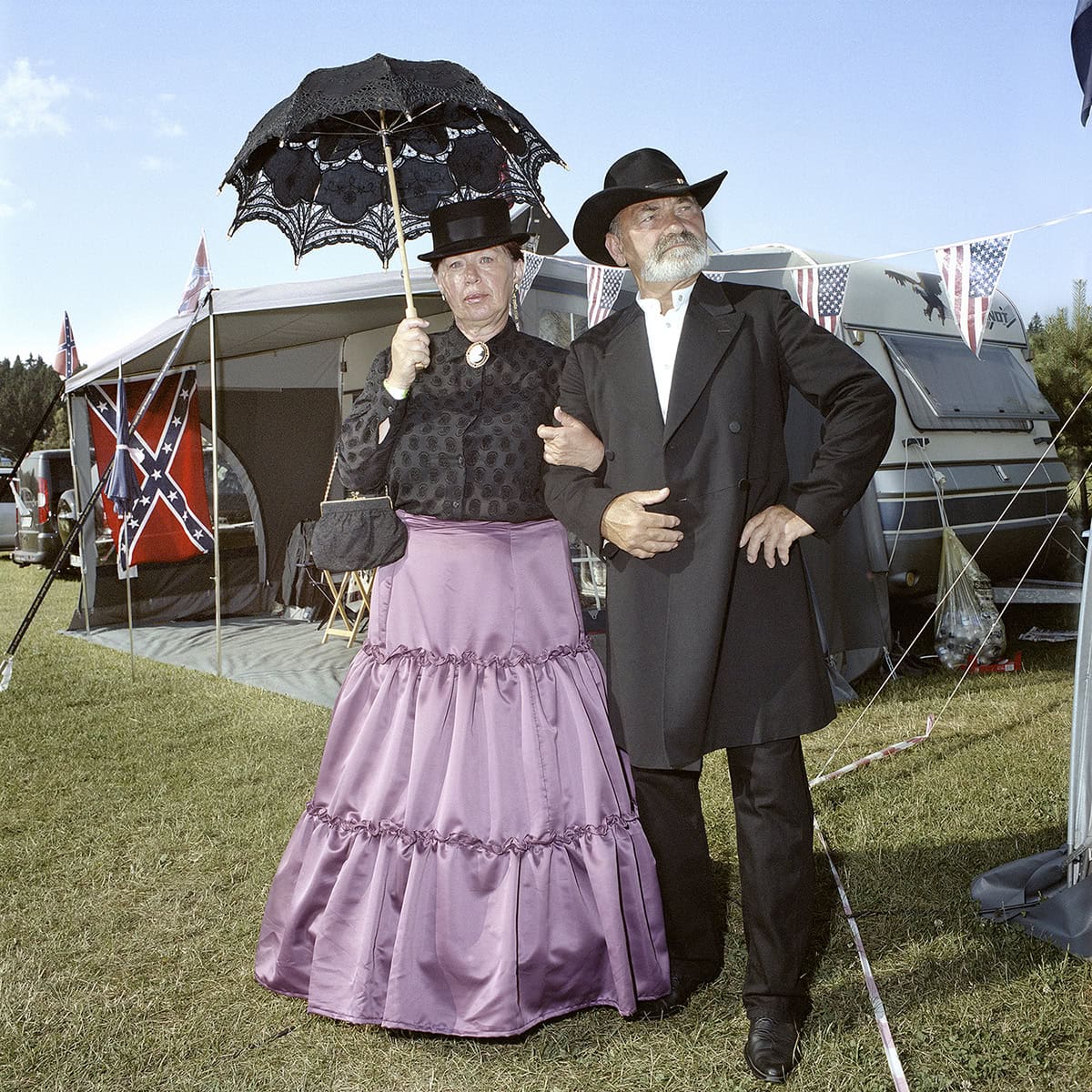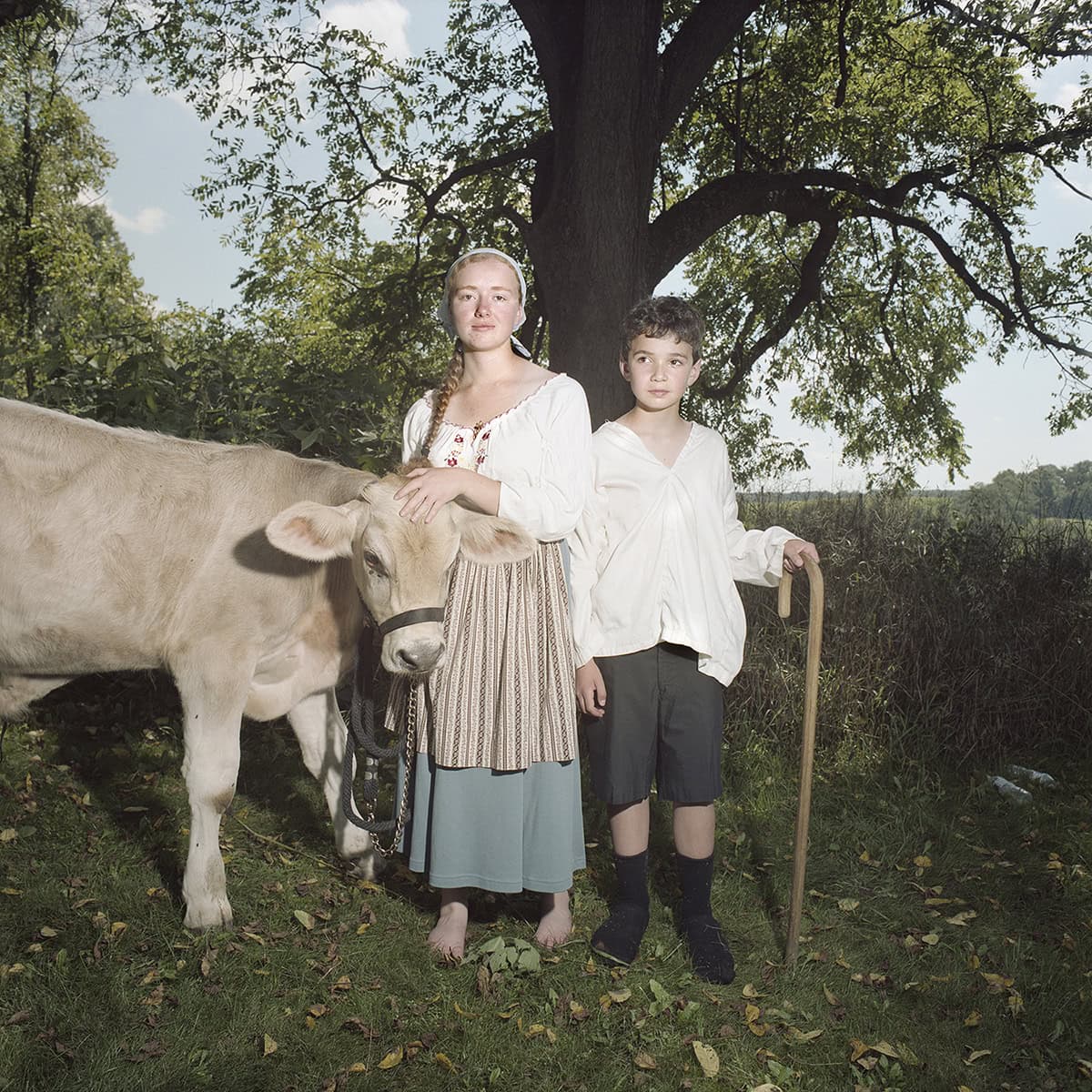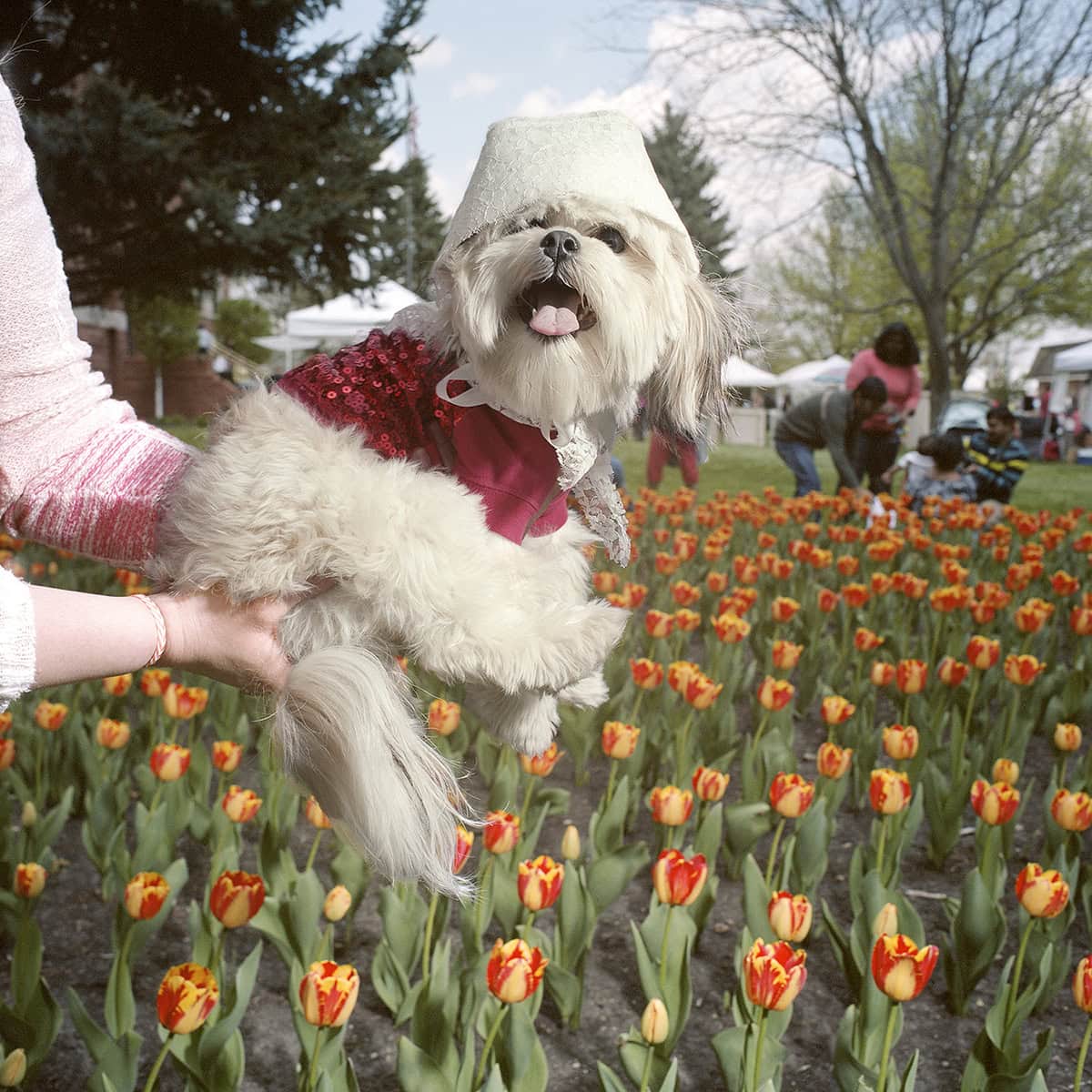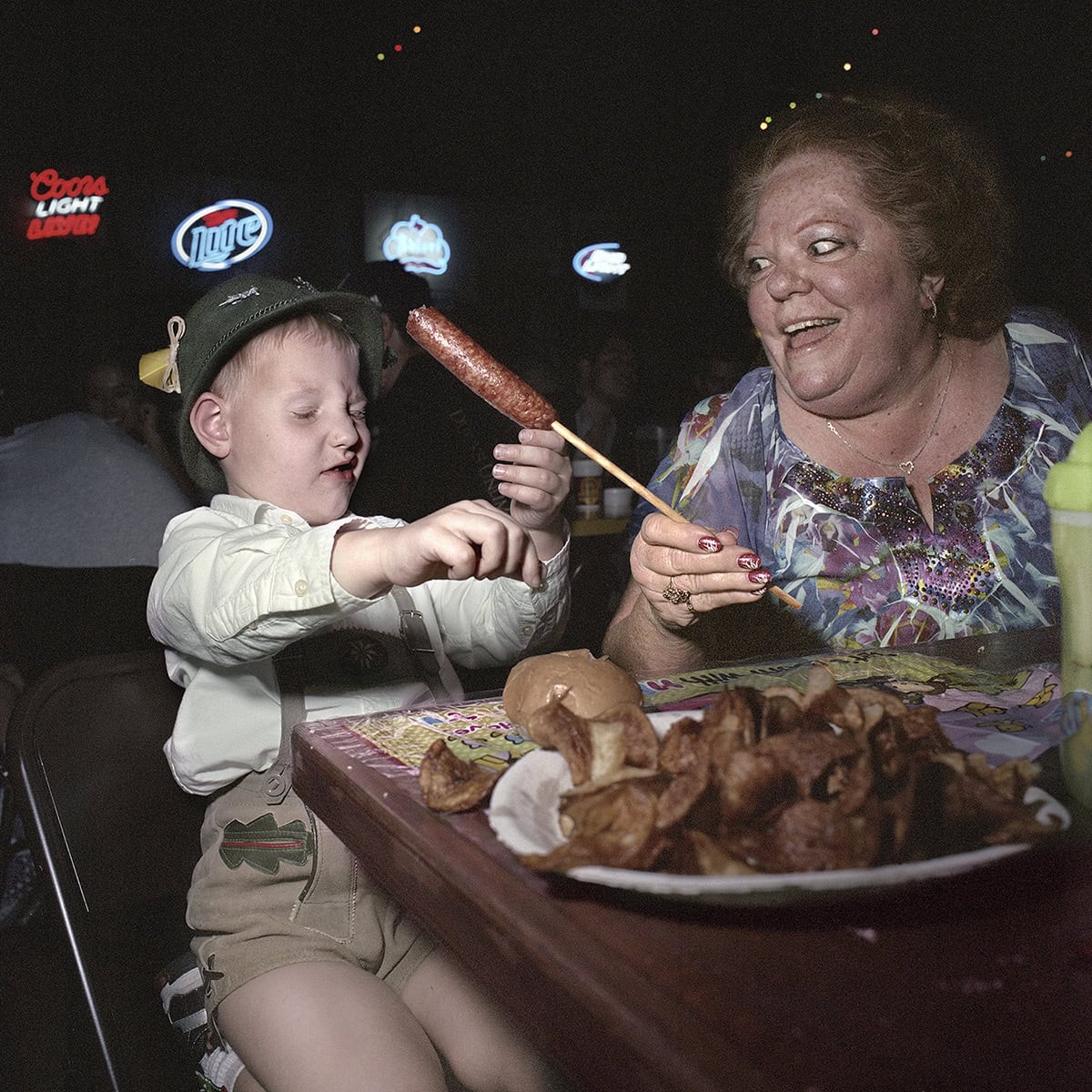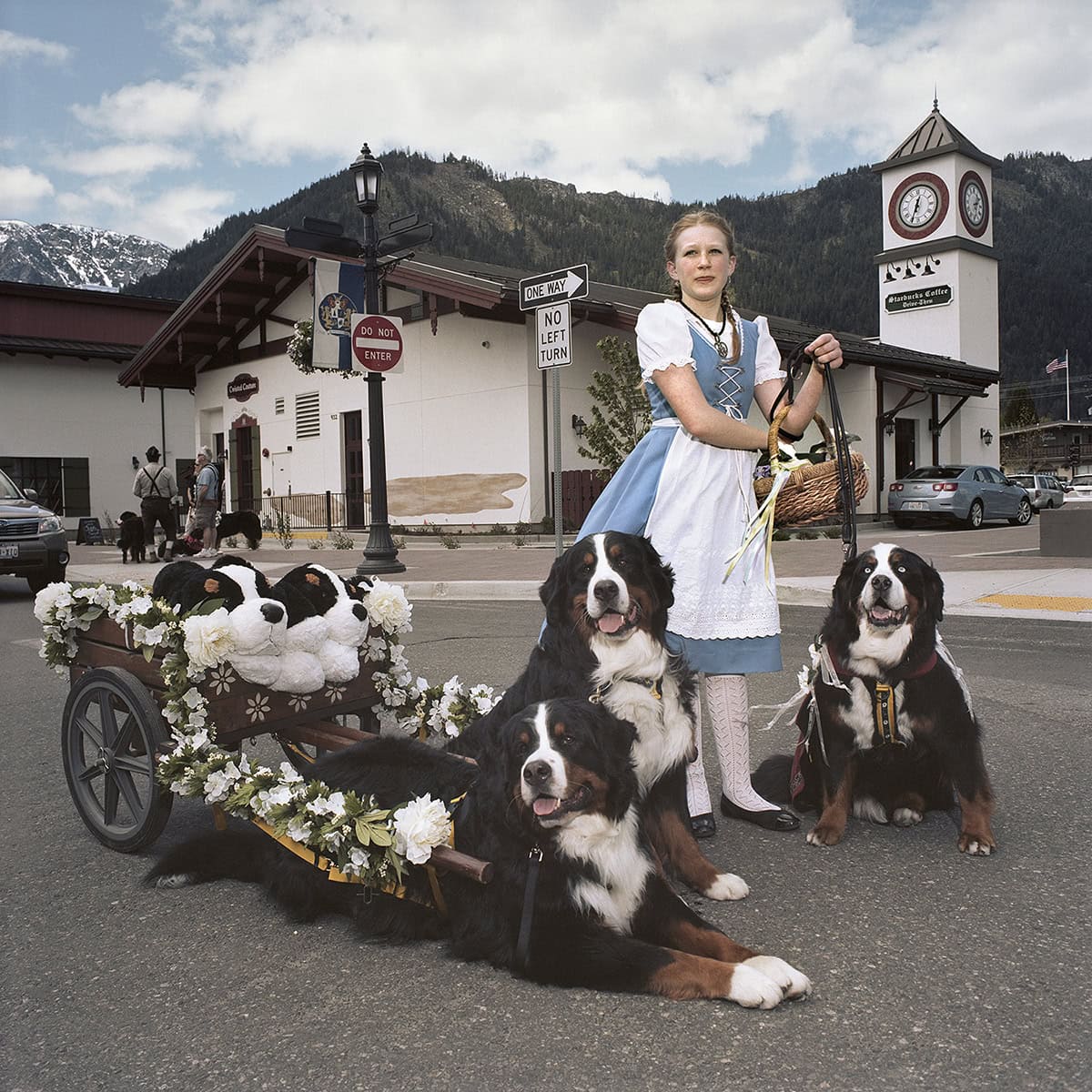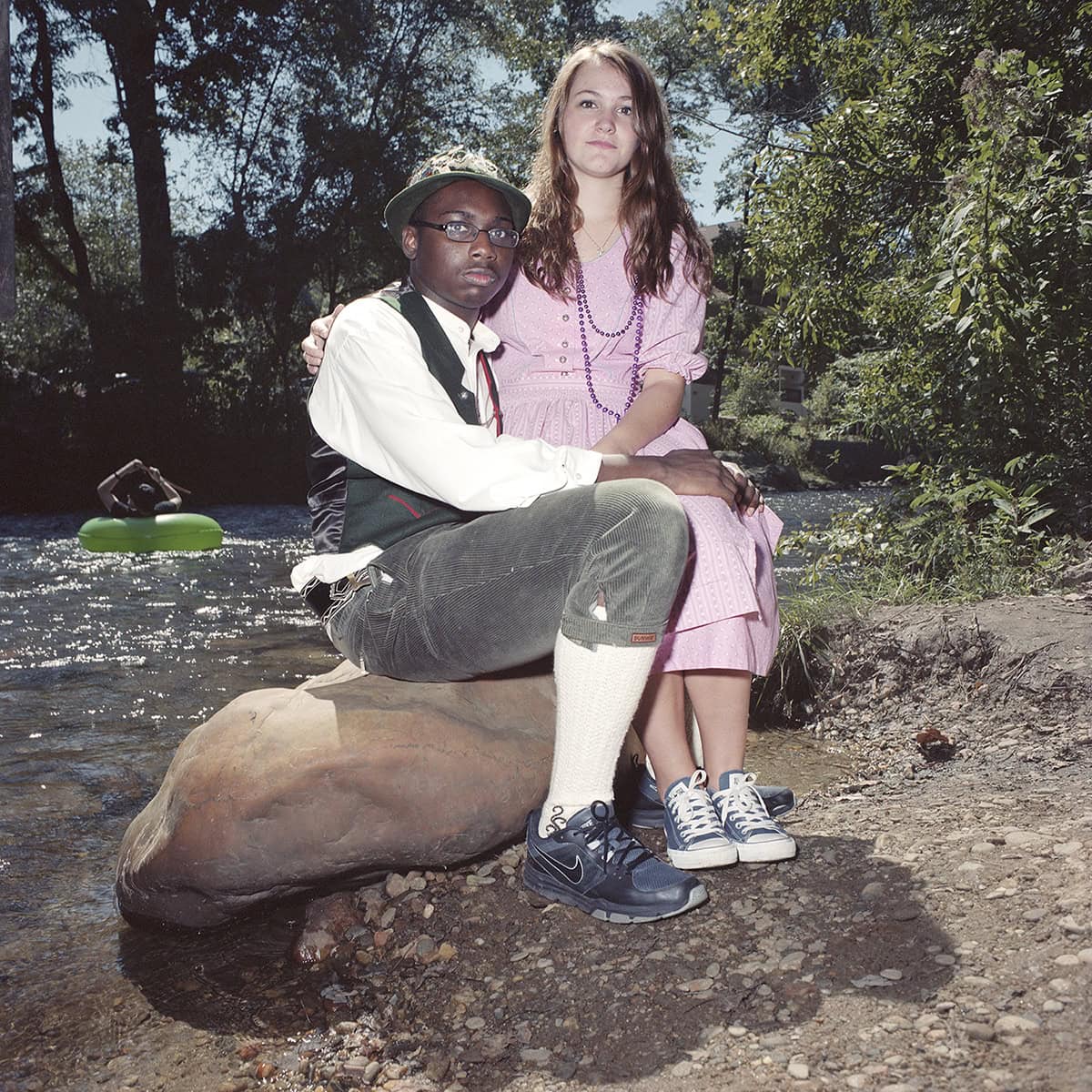Naomi Harris is a photographer. Naomi is from Toronto, Canada, and studied at the International Center of Photography in New York. Naomi has lived and photographed at a Miami Beach senior citizens hotel and attended thirty-eight swingers’ parties for the book America Swings (published by TASCHEN and presented by Richard Prince). Naomi has driven across Canada and photographed the oldest citizen, the world’s largest coffee pot, albino twins and rescued a pregnant Shih Tzu. Naomi lived in her car traveling across the United States for nine months while becoming an American citizen. Naomi has visited more American-themed amusement parks in Europe and European themed towns in America than any other person for her project EUSA, published by Kehrer Books in January 2018. Naomi currently splits her time between Los Angeles and Toronto.
About ‘EUSA’:
In the winter of 2008, I traveled to the mountains of north Georgia in the southern United States to photograph the final swingers’ event for my book America Swings. Having arrived early, I found I had time to kill before the festivities ensued, so the party organizer suggested I go visit the town of Helen.
So I got into my rental car and drove about a half-hour until I came upon this tourist town too tiny to even warrant a traffic light.
The buildings on Main Street were covered in gingerbread, giving it a faux- Bavarian feel. The restaurants served schnitzel, spätzle and bratwurst, and the gift shops sold cuckoo clocks, beer steins and T-shirts with Confederate flags and “It’s a Southern Thing Y’all” emblazoned across their fronts. This is the Deep South, after all, even though it resembled a Bavarian alpine village.
The story goes that in the 1960s this former logging town was in decline, facing a recession. A resident, who also happened to be a World War II veteran, suggested the townsfolk give the southern enclave a makeover, turning the Appalachians into the Alps. And boasting the world’s longest Oktoberfest from the beginning of September to the end of October, Helen became a tourist hot spot.
Intrigued, I was curious to see whether any other places like Helen existed elsewhere in the United States. I drove back to my motel room and googled “Europe in America.” Frankenmuth, Michigan. Solvang, California. Orange City, Iowa. Leavenworth, Washington.
But then I also wondered whether there were any places in Europe with little bits of America nestled within them and where they were. The first place I went to photograph for EUSA was High Chaparral, a Wild West theme park in Sweden. I attended a Rendezvous Weekend, and the campground was full of people dressed in costume. There were Native American (though they were blond and blue-eyed), fur trappers, pioneers and American Civil War soldiers, both Confederates and Unionists. Not a single cellphone, digital camera or any other sort of technological gadget was in sight. The campsites were primitive, with everyone cooking on an open fire. There was an authenticity, from the attire right down to the bedrolls, meticulously capturing every detail of the period. If you hadn’t known any better, you’d have thought you were in 1860s Virginia, not Sweden in 2008.
For the next several summers, I ventured back and forth between the United States and Europe to photograph a Maifest in Washington state, “cowboy and Indian” amusement parks in Germany, France, Italy and the Canary Islands, a Dutch tulip celebration in Iowa, a rockabilly festival in Hungary, a Viking gathering in Alaska and a Civil War reenactment in the Czech Republic.
My observation is that the American destinations tend to be about celebrating the heritage of those who settled in the area, such as the Danish in Solvang, California, or the Norwegians in Petersburg, Alaska, or the Dutch in Orange City, Iowa, whereas the European sites are often about a fascination with American culture, albeit a culture of the past.
In Germany and much of Eastern Europe, there is an obsession with Native Americans, thanks to Winnetou, the central character from a series of books written by German author Karl May between 1875 and 1910. The fact that May never set foot in America (or at least not until 1908 and never reaching the Wild West), did his research by reading the books in the prison library where he was jailed for petty theft and is even rumored to have plagiarized the books altogether doesn’t deter his fervent followers. The stories were so popular in Nazi Germany (Hitler was ostensibly a fan) that they escaped being banned, notwithstanding the protagonist being non-Aryan. Each spring a celebration is held in May’s honor in his hometown of Radebeul, where a large street fair features pageants based on his books and where many people dress in Native American-like costumes. I should note that in North America dressing in traditional First Nations costume is considered cultural appropriation and, therefore, insensitive. There was a time when it was trendy and cool for young music festival attendees to don feather headdresses with their bikinis, or when mainstream stores like Urban Outfitters used traditional Navajo patterns on everything from socks to underwear, but now Native people are speaking out and informing society that it is not OK to wear their ceremonial vestments to be stylish. What to make, then, of the Europeans who dress up as Natives during their rendezvous weekends? Is there a difference in the sense that they are doing so out of admiration and respect, painstakingly handcrafting their costumes with historical accuracy and wearing them as a way to honor the Native American. Does this give them a pass in the conversation on cultural appropriation?
So why are we so interested in the other anyway? I think at this particular time society universally is being watered-down and homogenized due to globalization. It doesn’t matter if you’re in New York, Paris, or Frankfurt; we eat the same foods, wear the same clothes, and talk on the same phones. We consume the same brands. We’re part of an international community hard pressed to be unique and stand out from one another. The Internet has further leveled the field, granting us access to instant knowledge about anyone and anything worldwide. Thus there is a longing for a bygone era when differences were more distinct. In America, they are celebrating who they were and where they came from, but for Europeans it’s celebrating whom they are fascinated by.
The question remains as to how much longer events like these will continue.
I suppose if there is a need for humans to connect with our pasts, both real and imagined (and, let’s face it, to have fun), the rituals will go on. The photos in this book are about taking this journey, but one where the destination is unclear. Are you in America, or are you in Europe? Exactly who are these people? This is often a mystery, and one needs to look for the clues as they travel through the land of EUSA.
